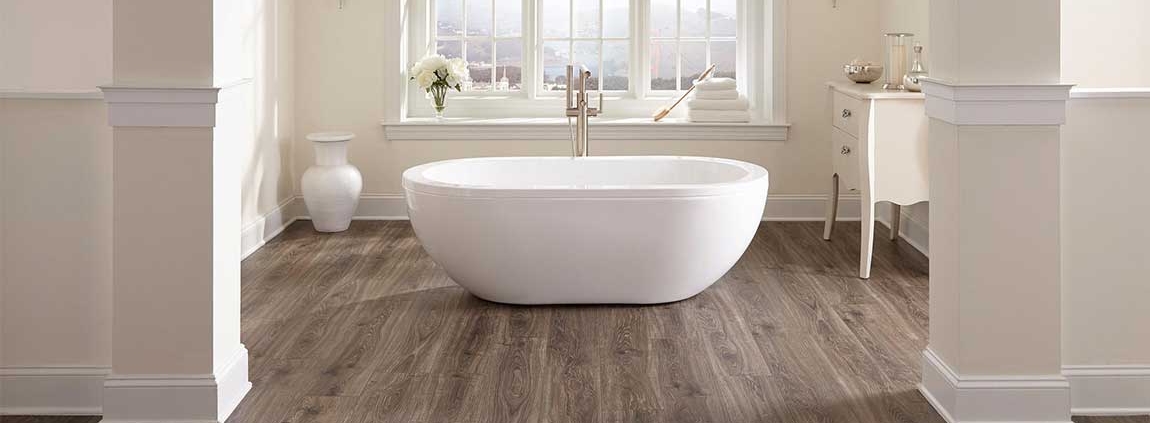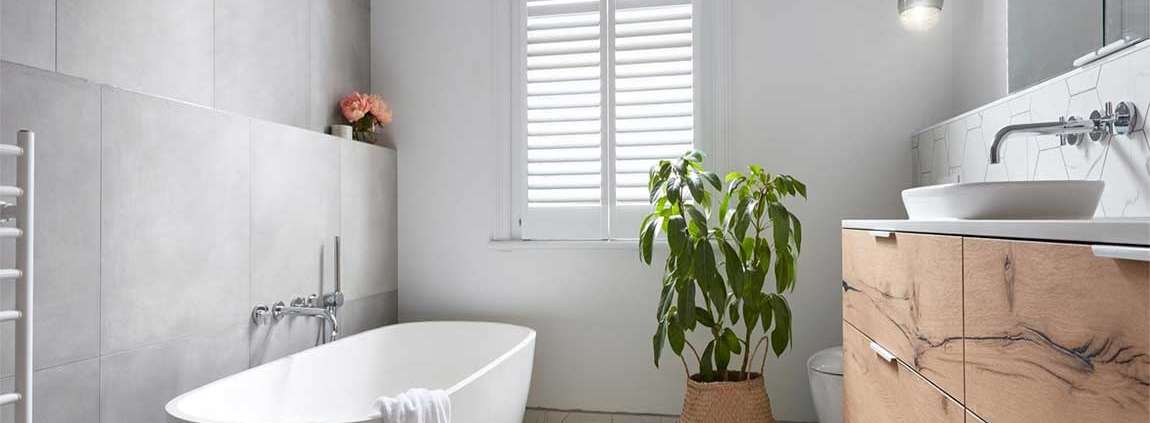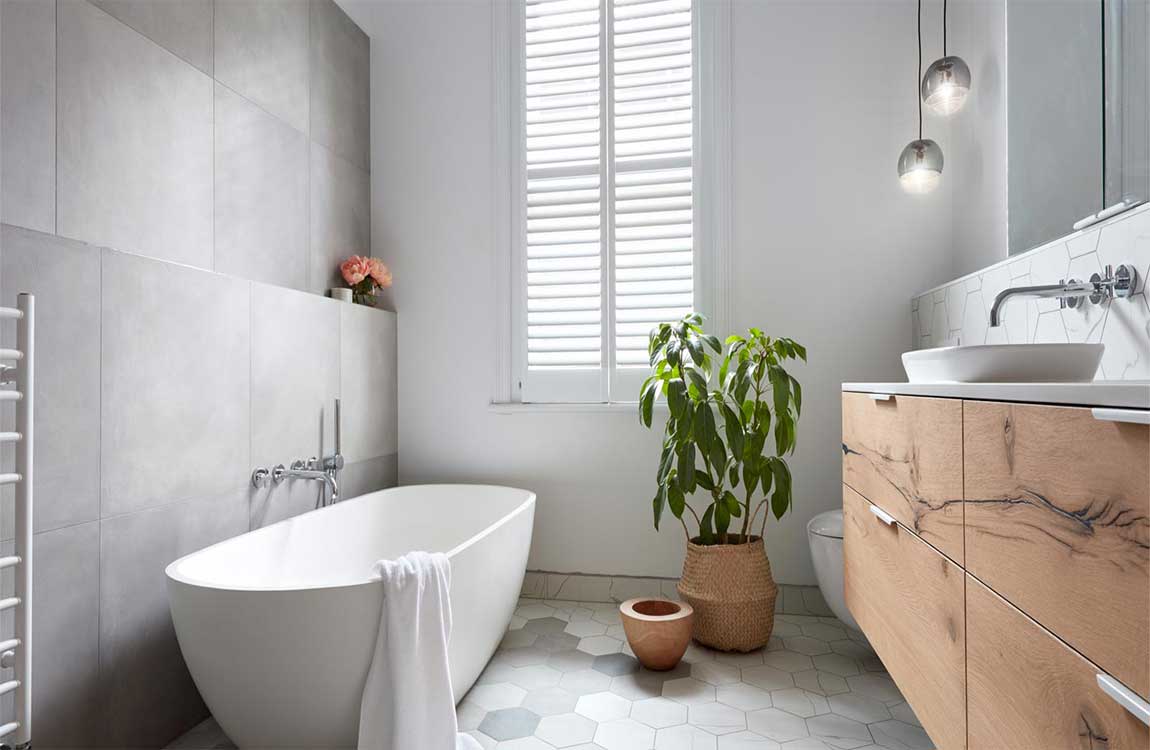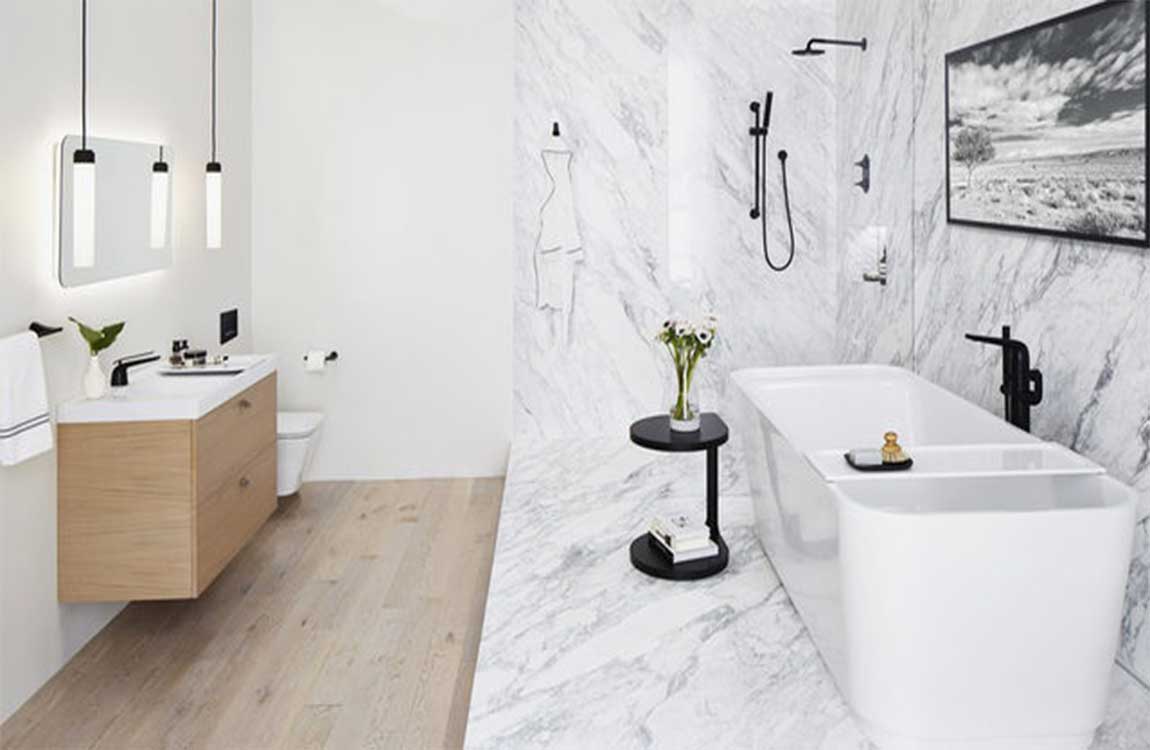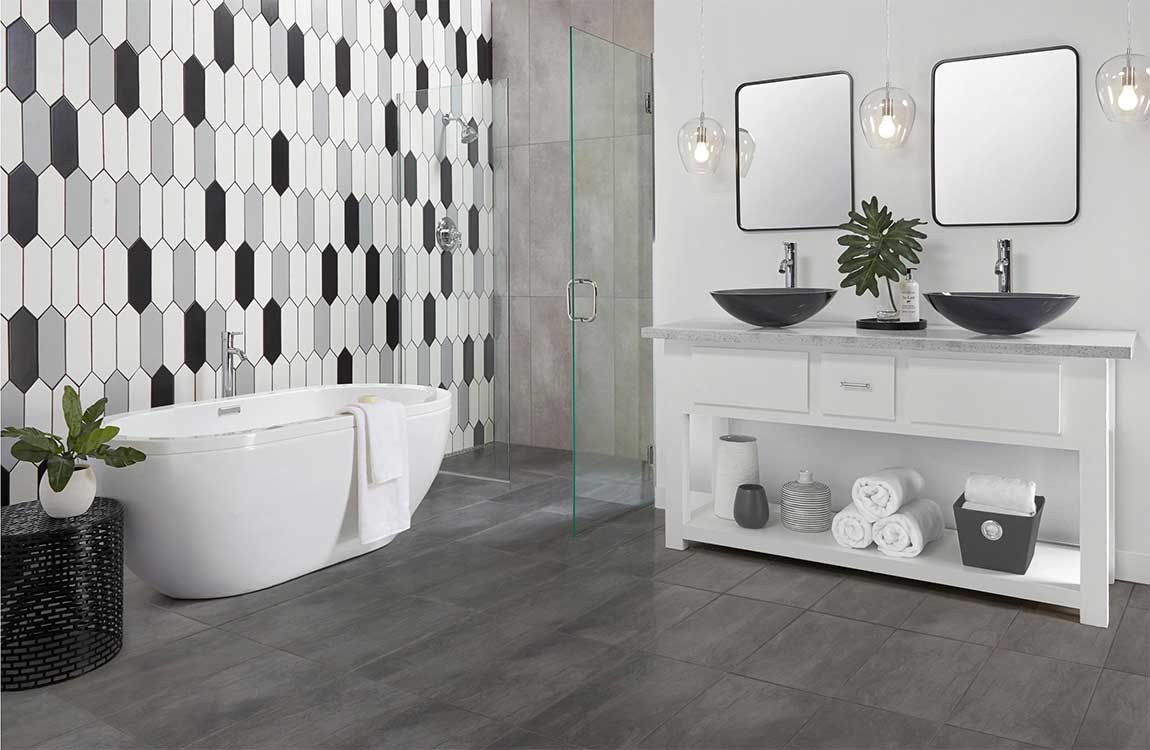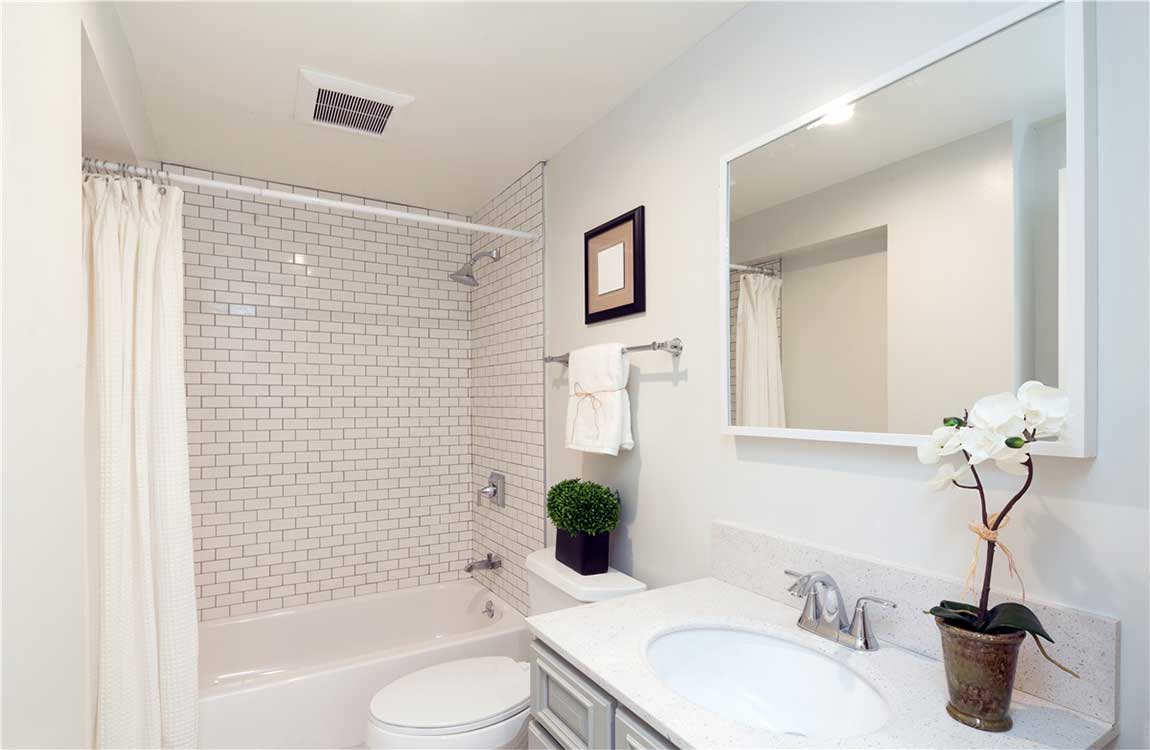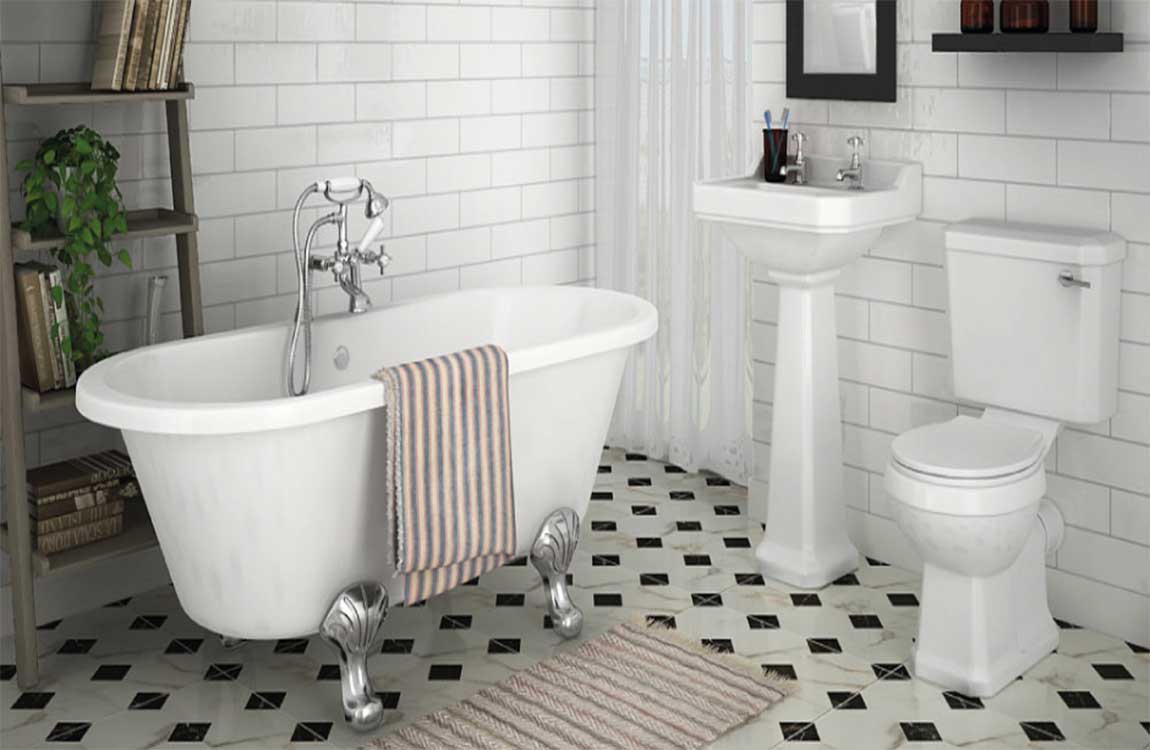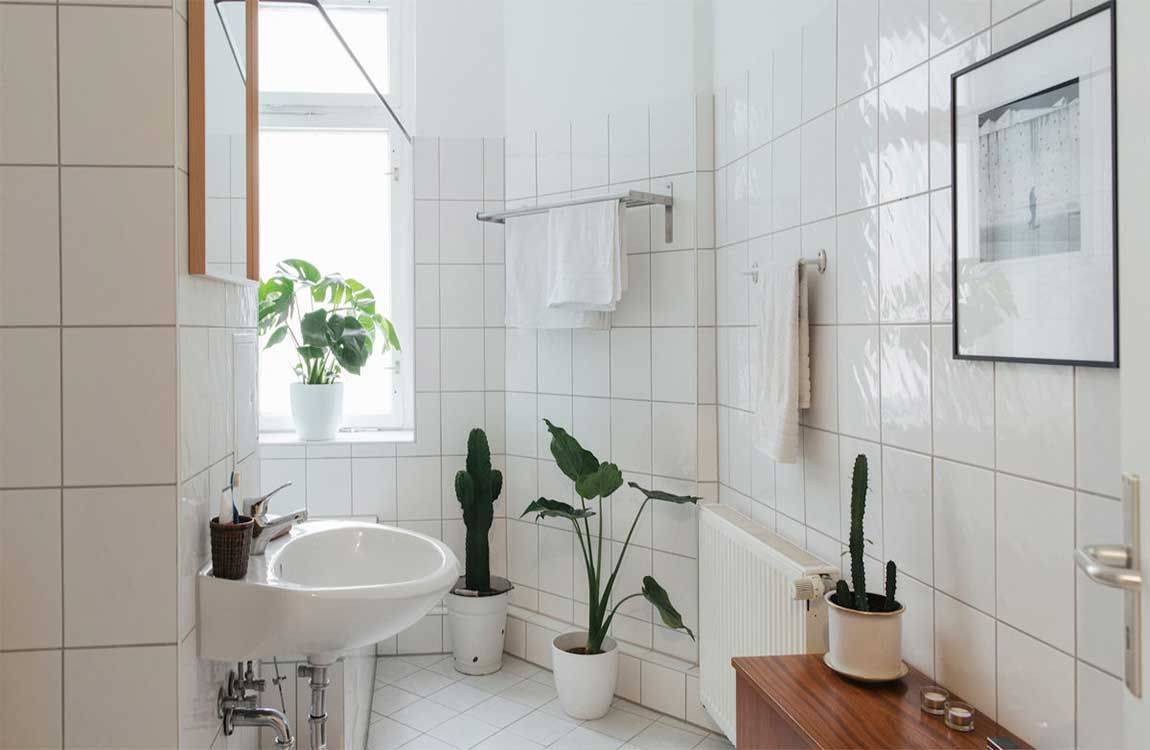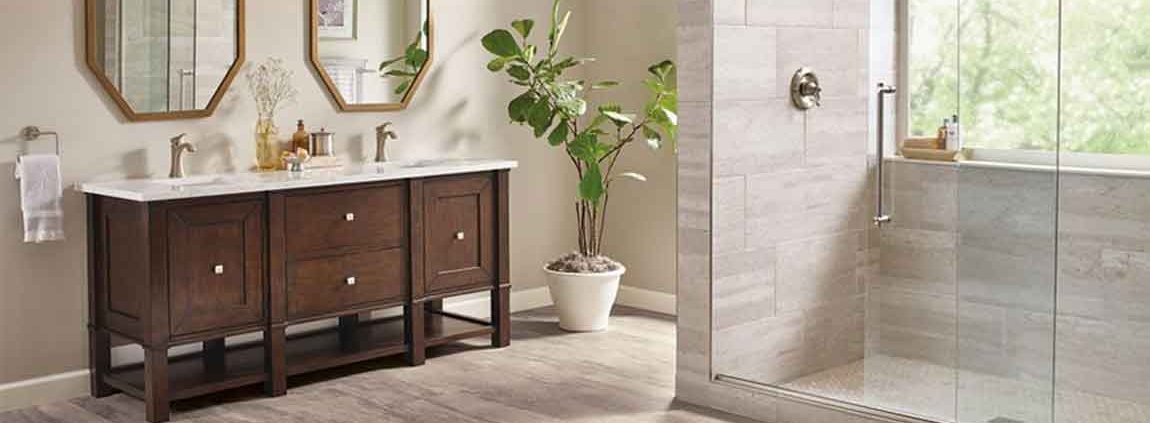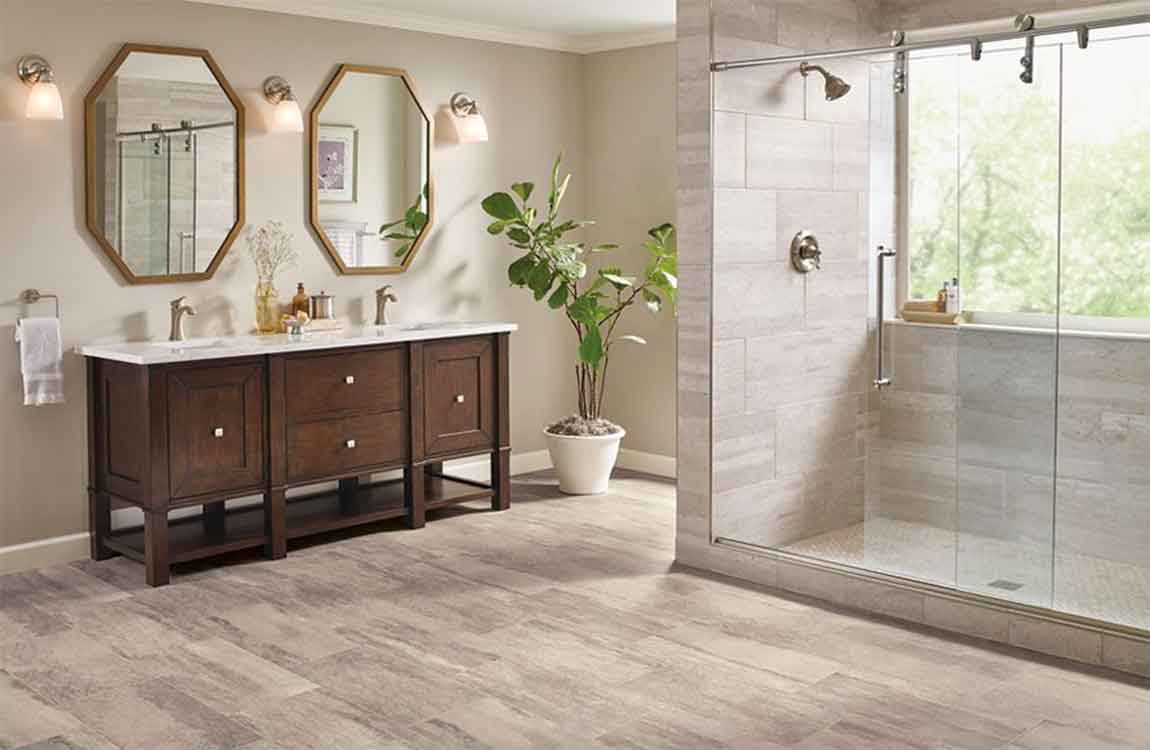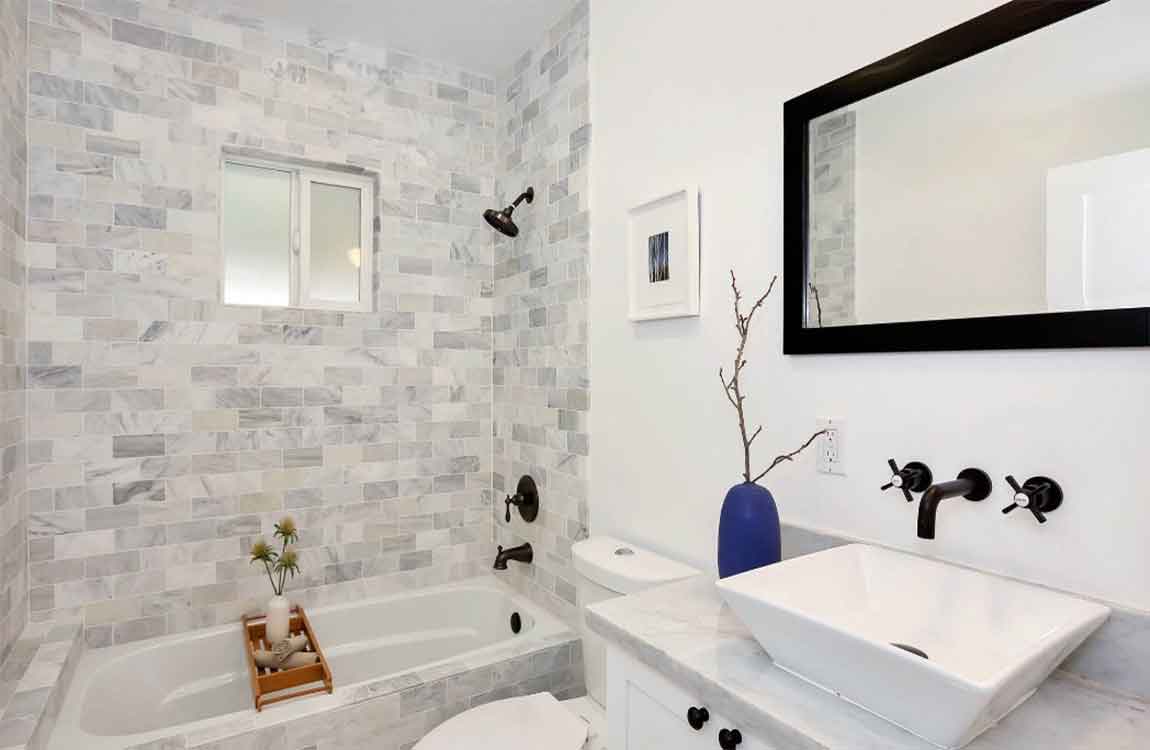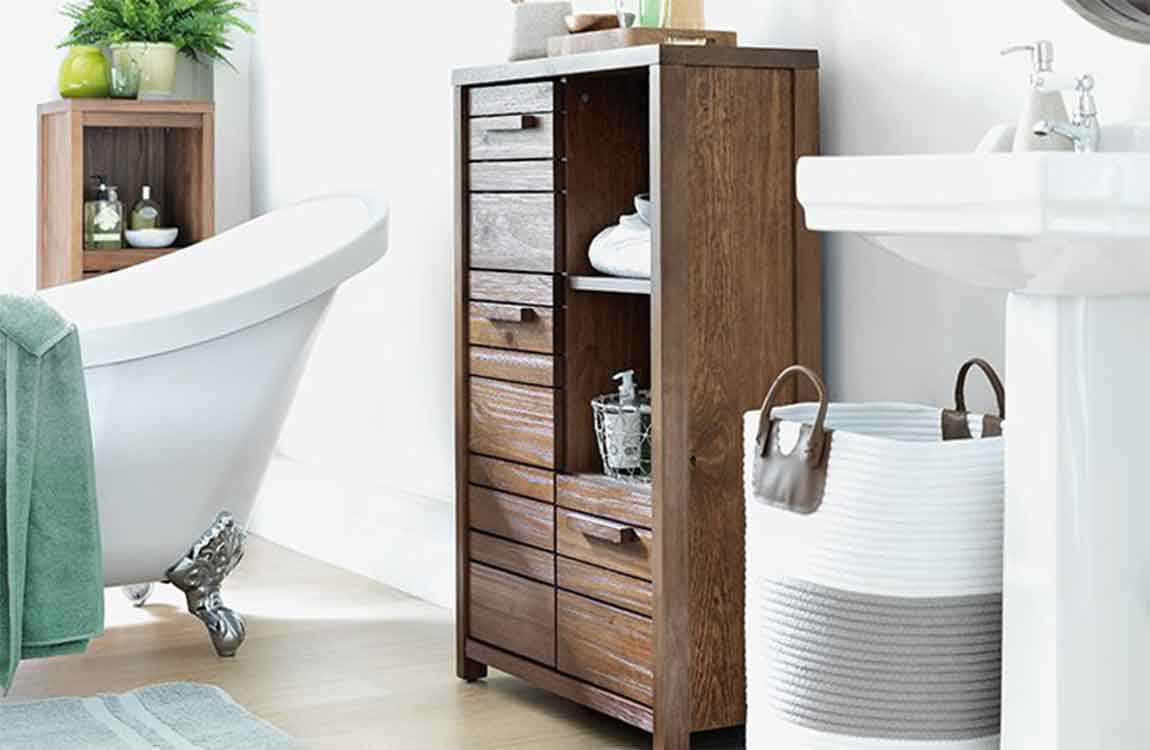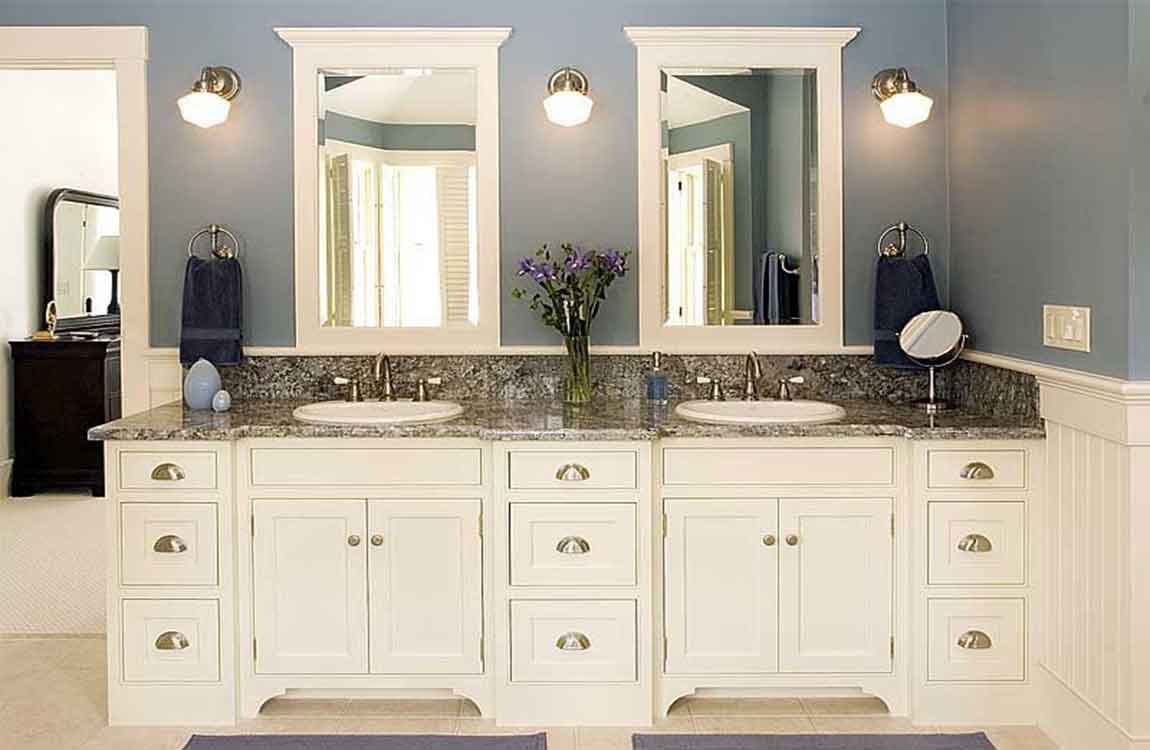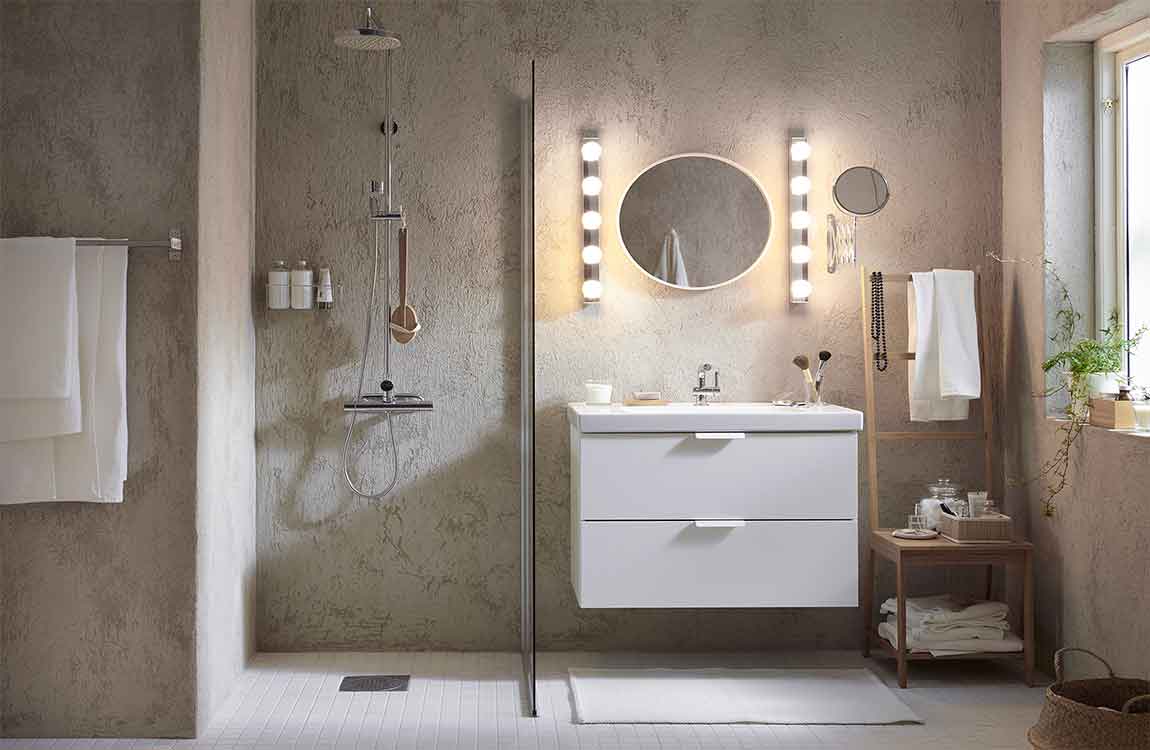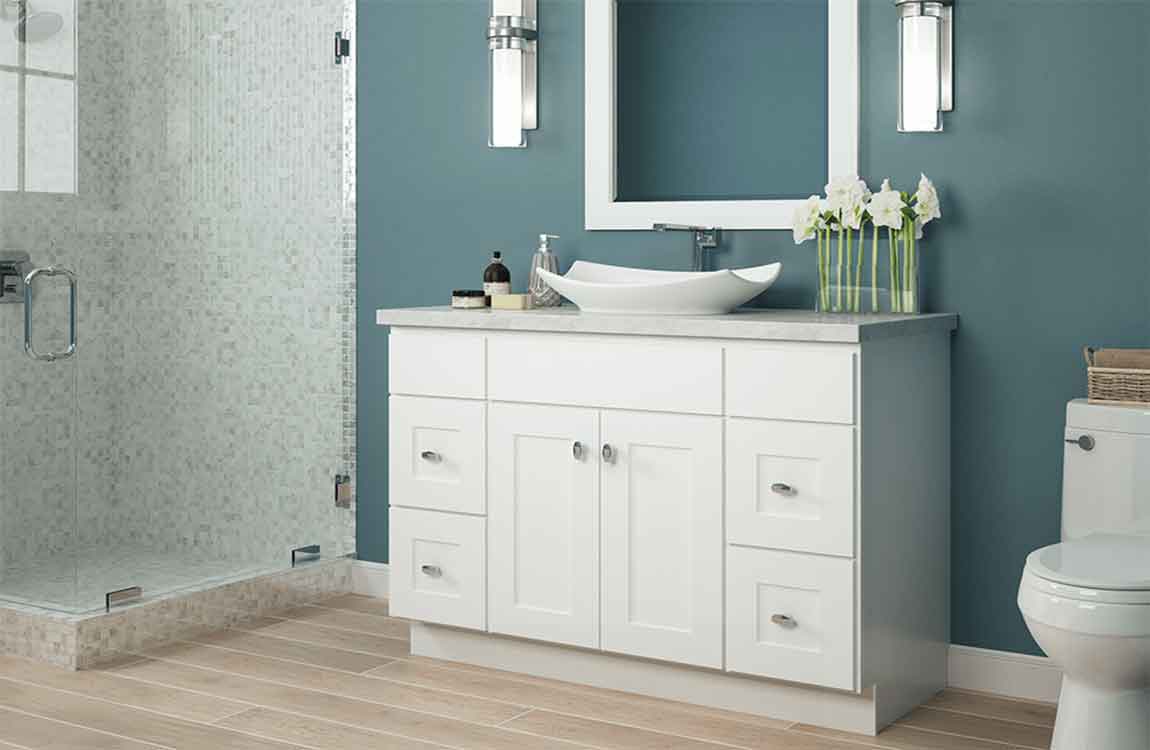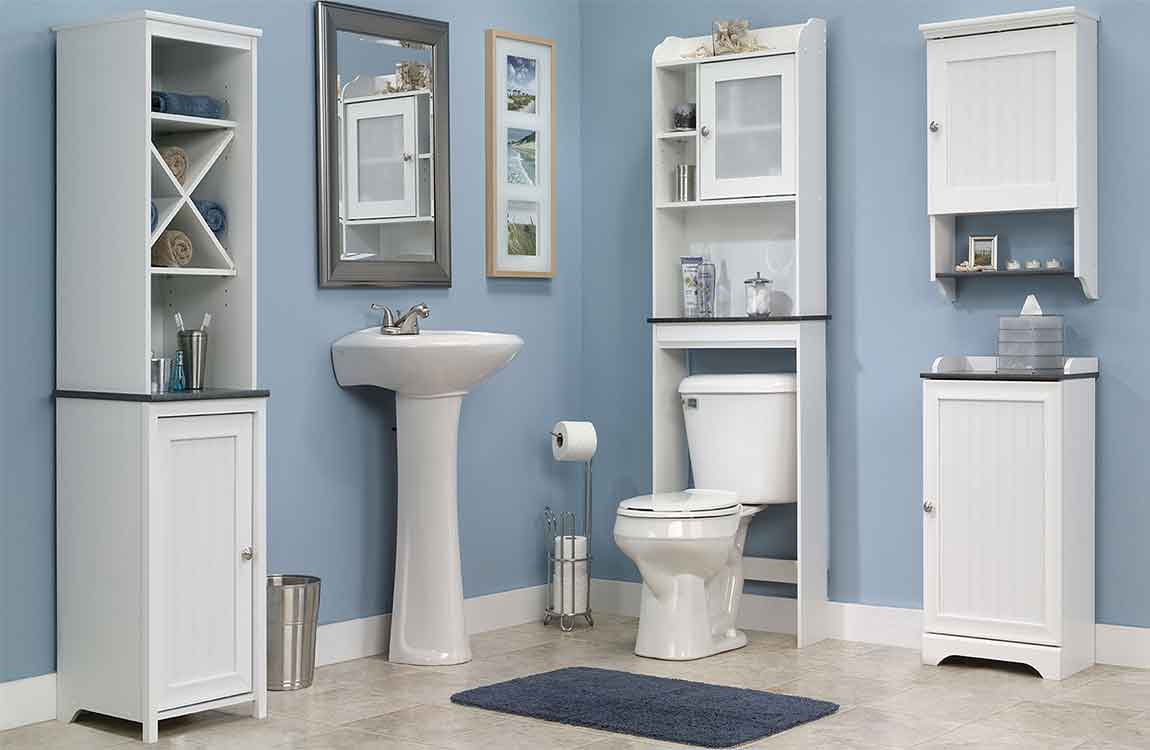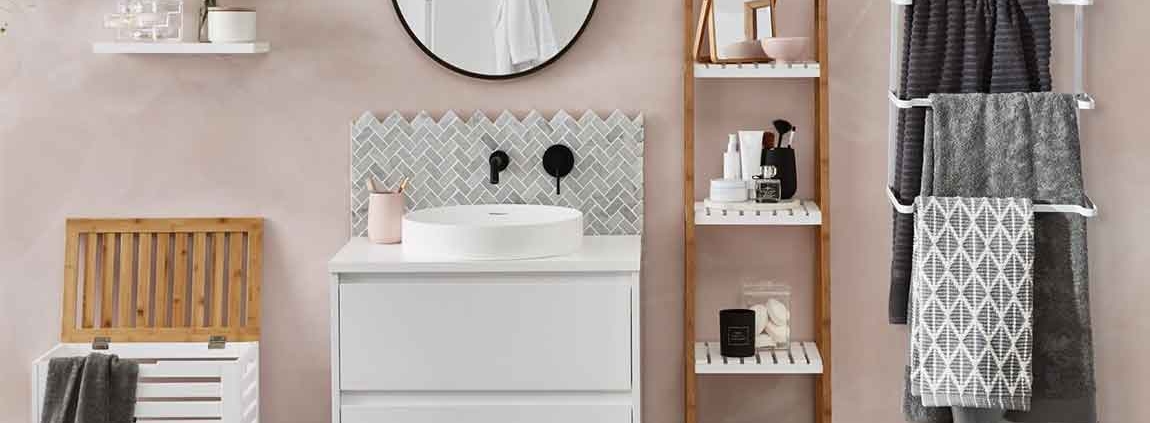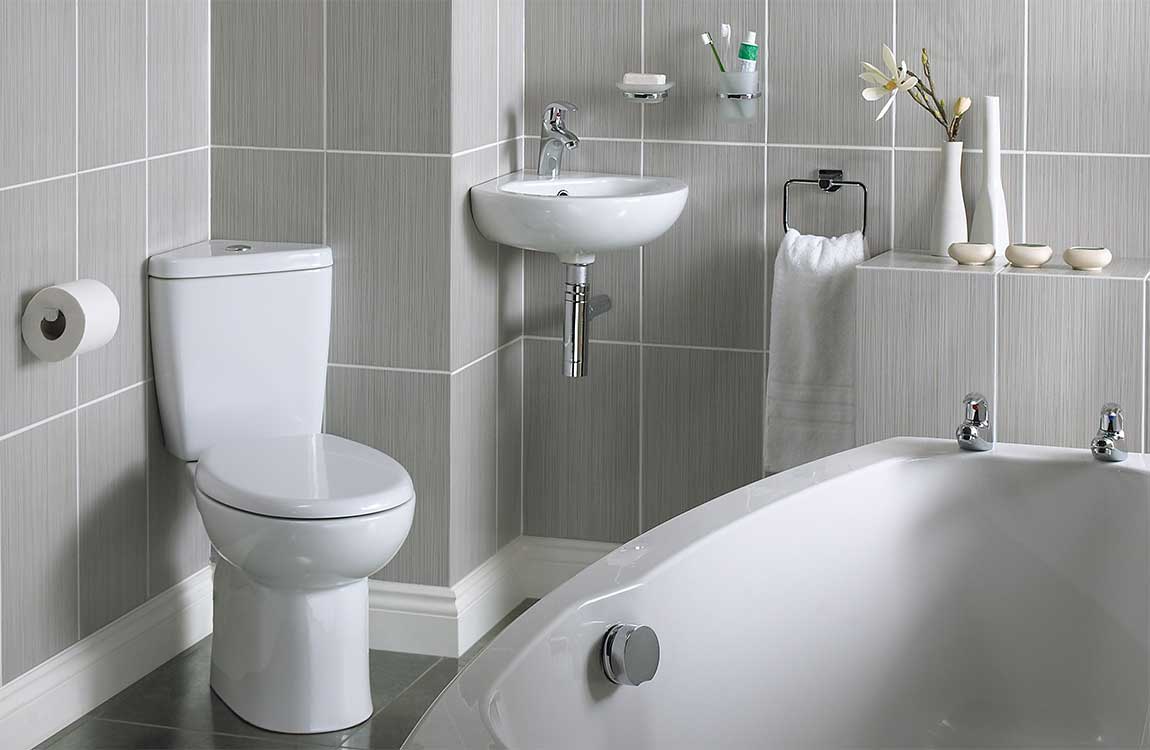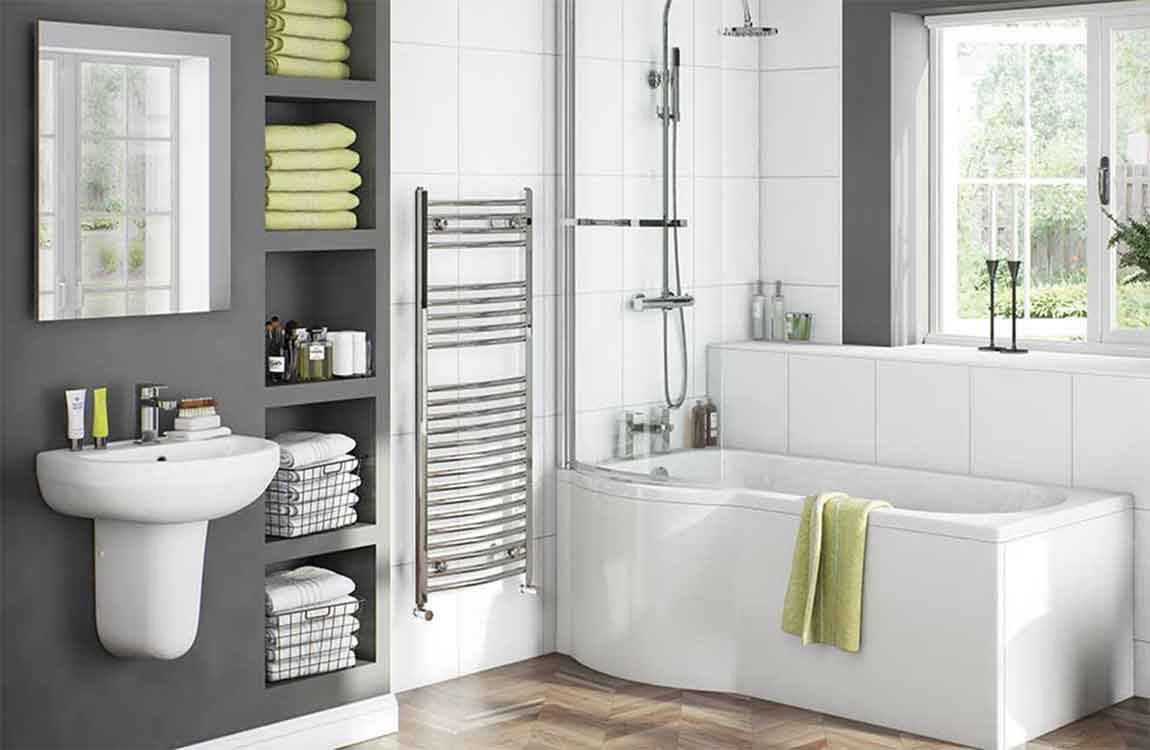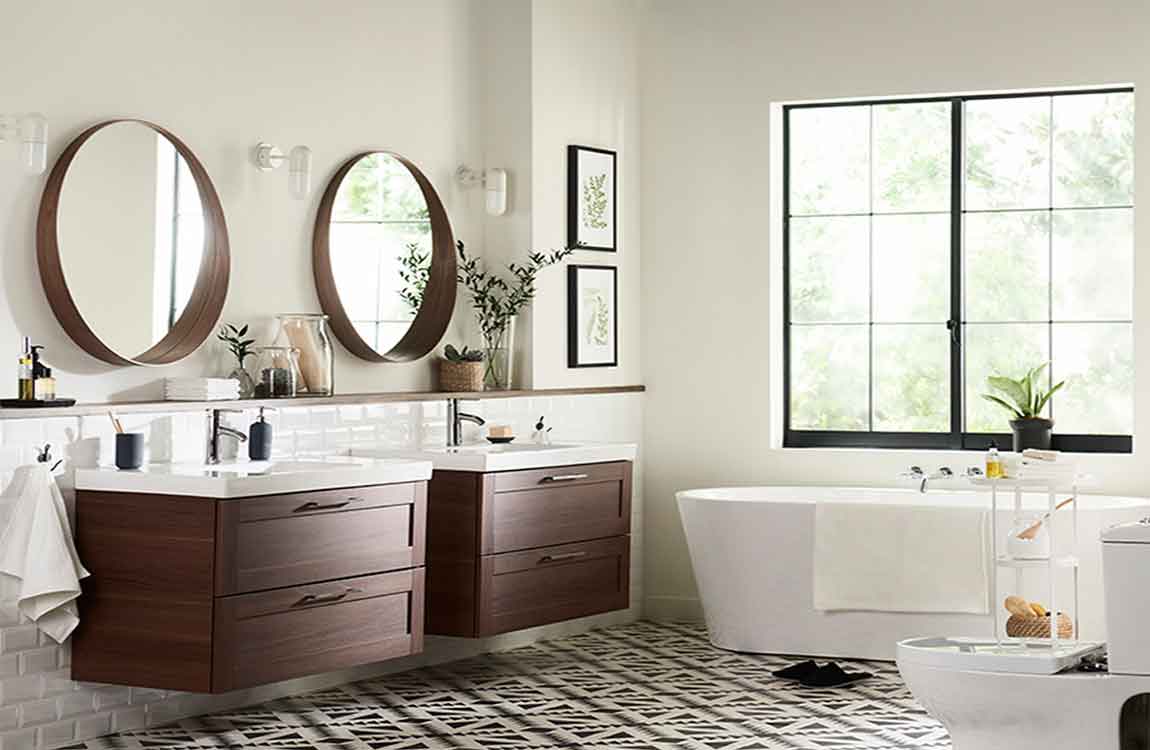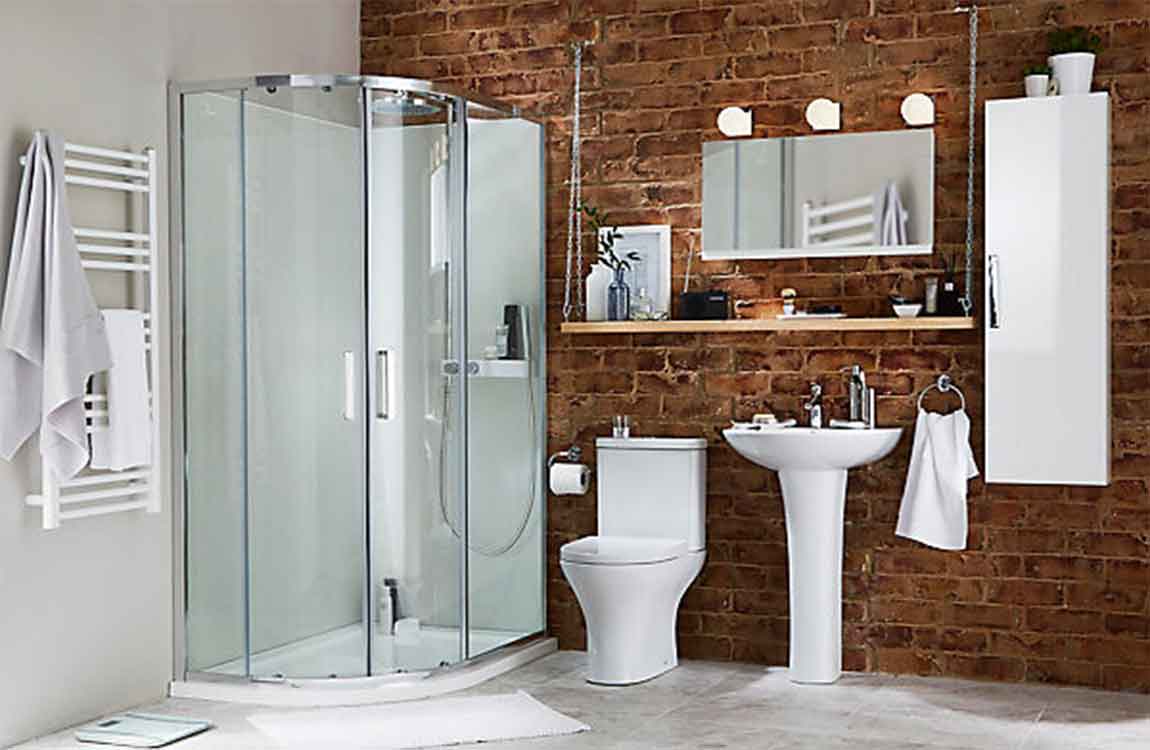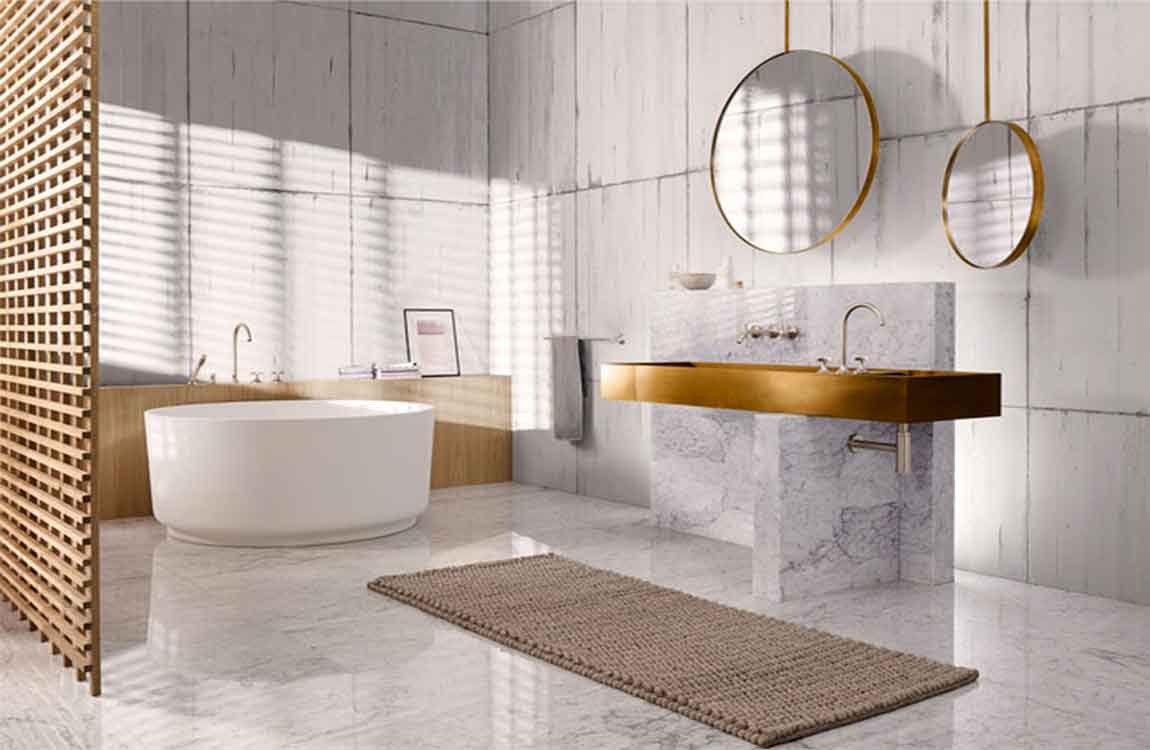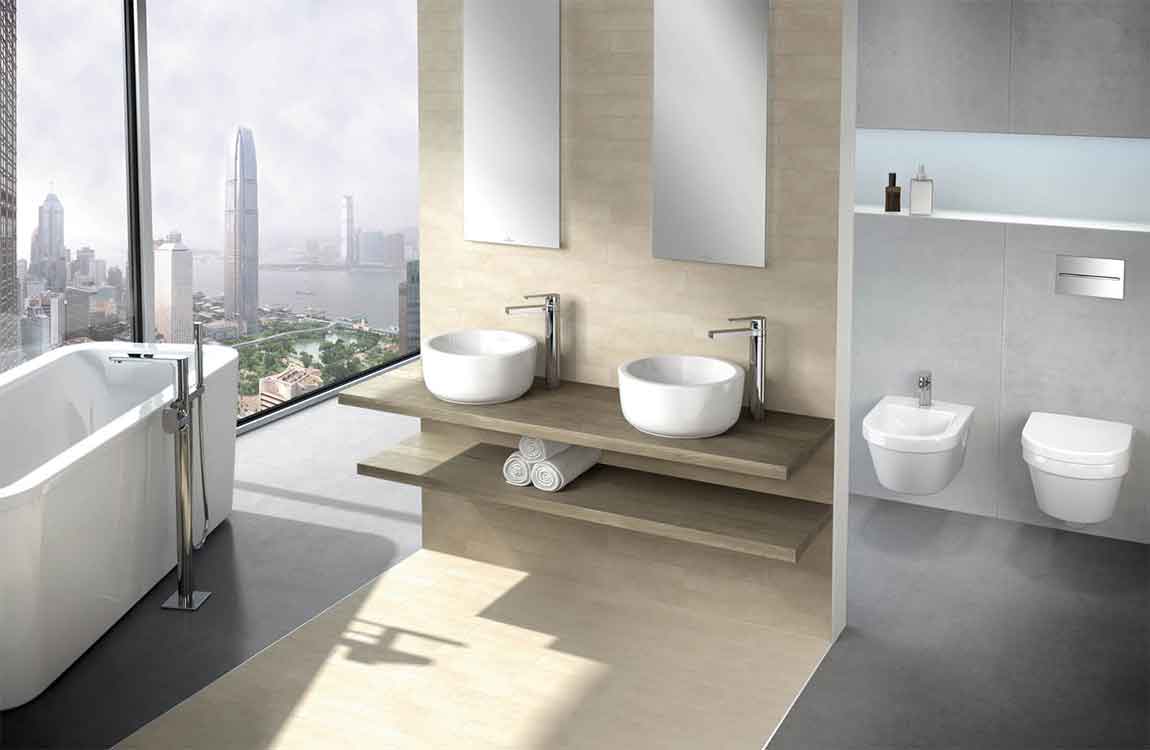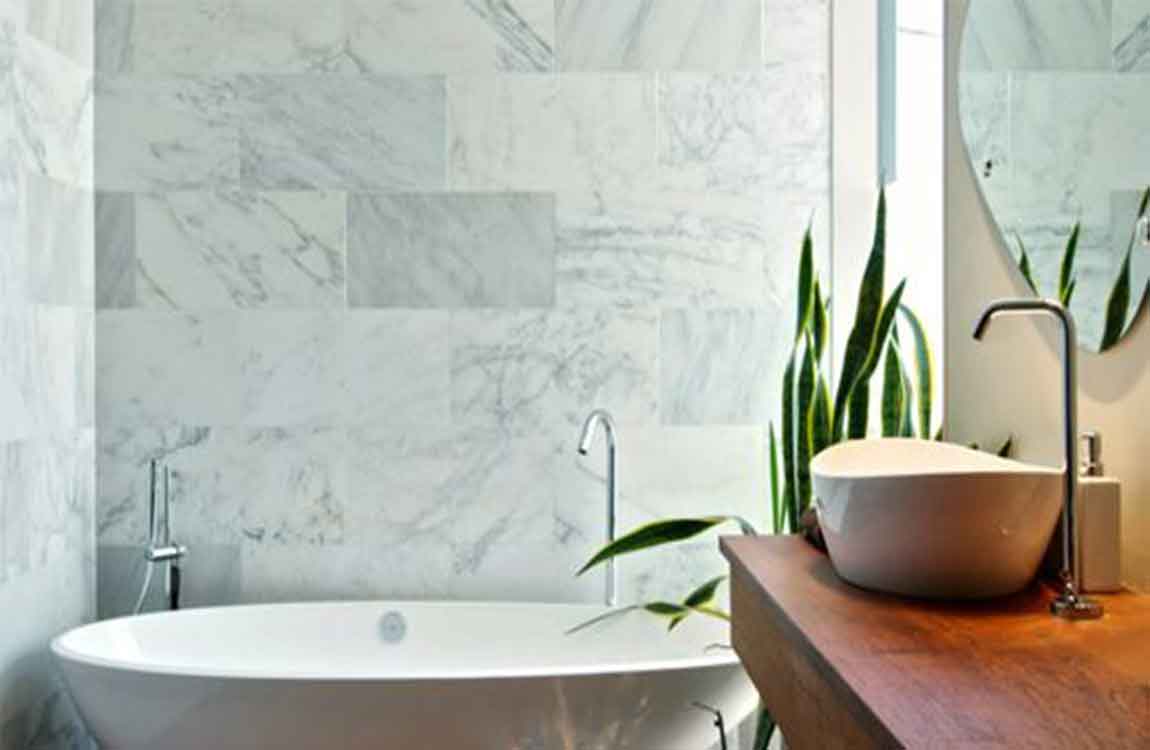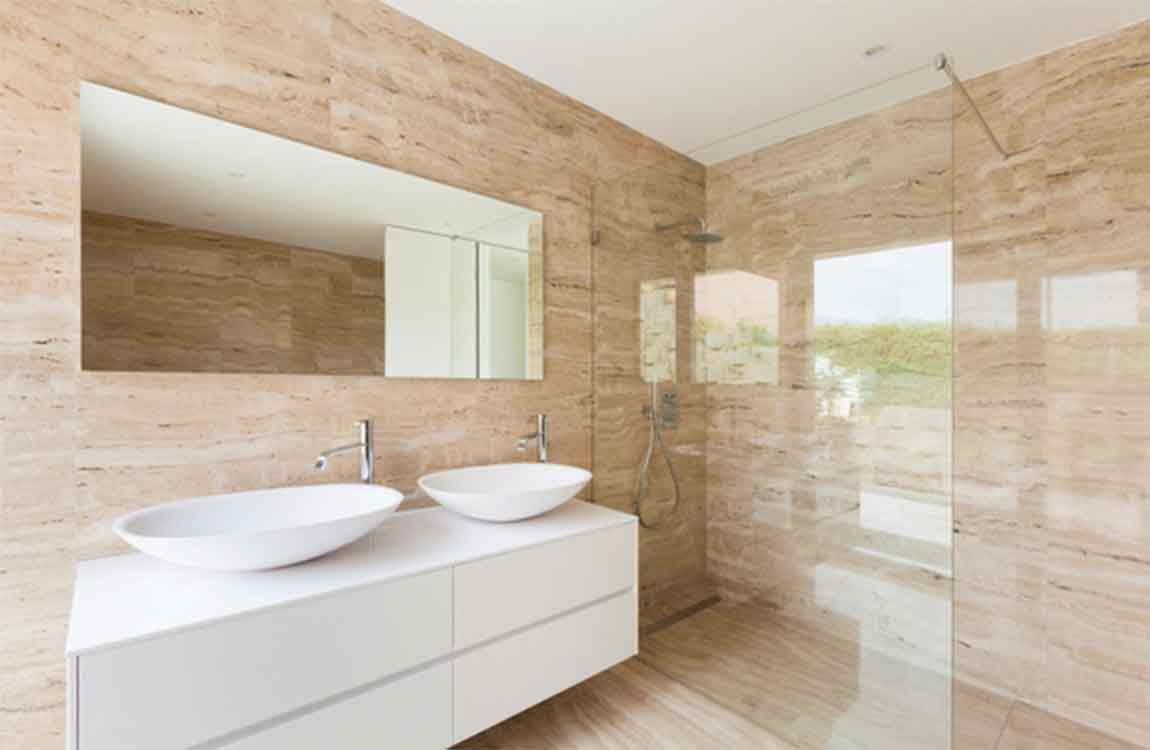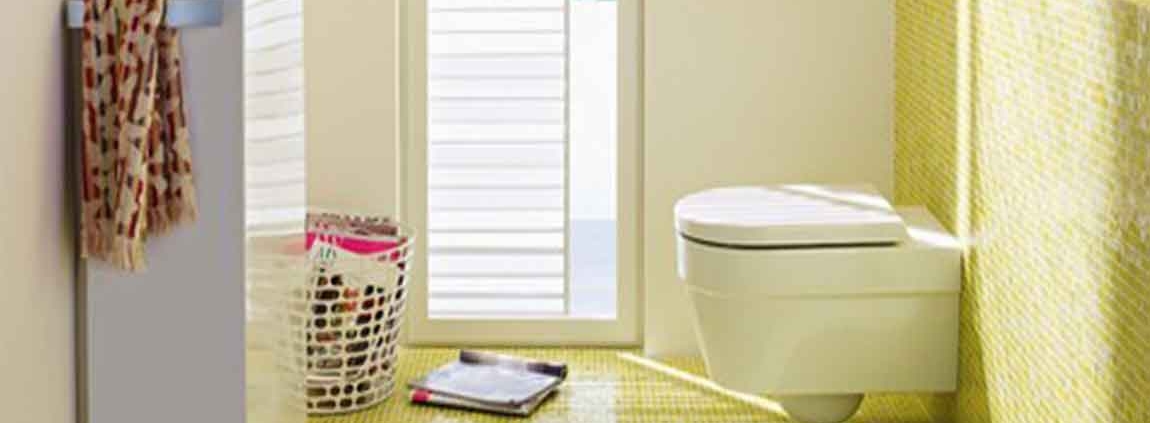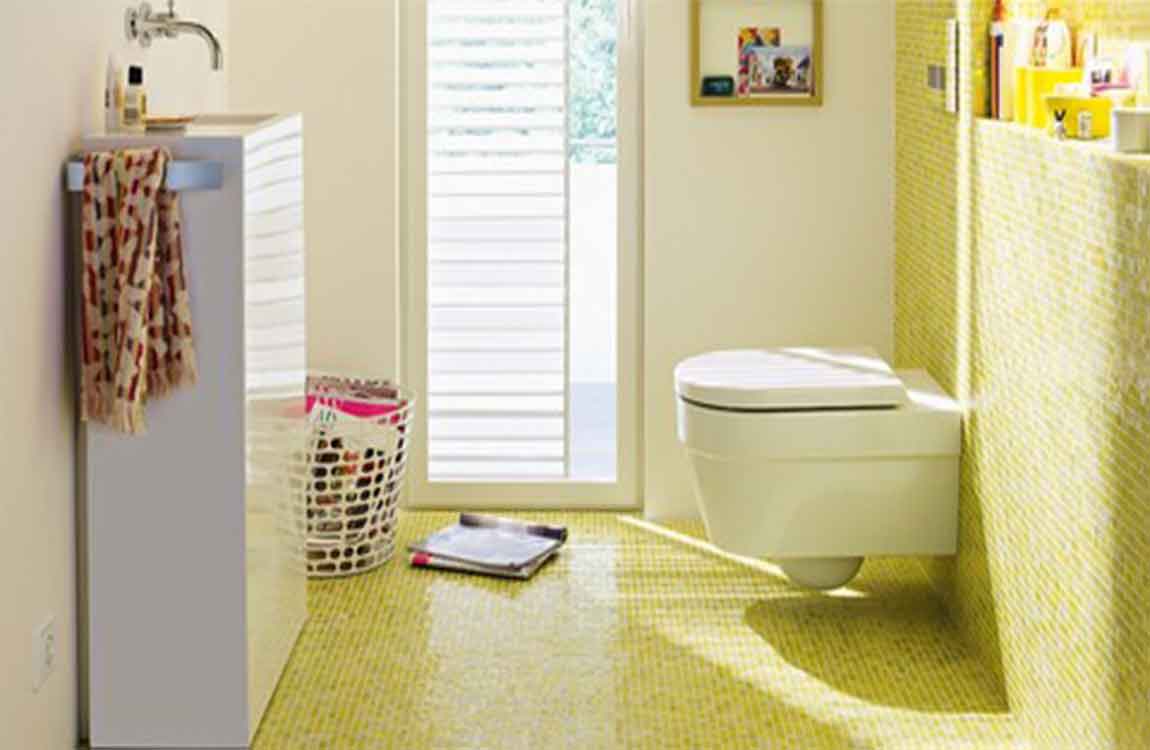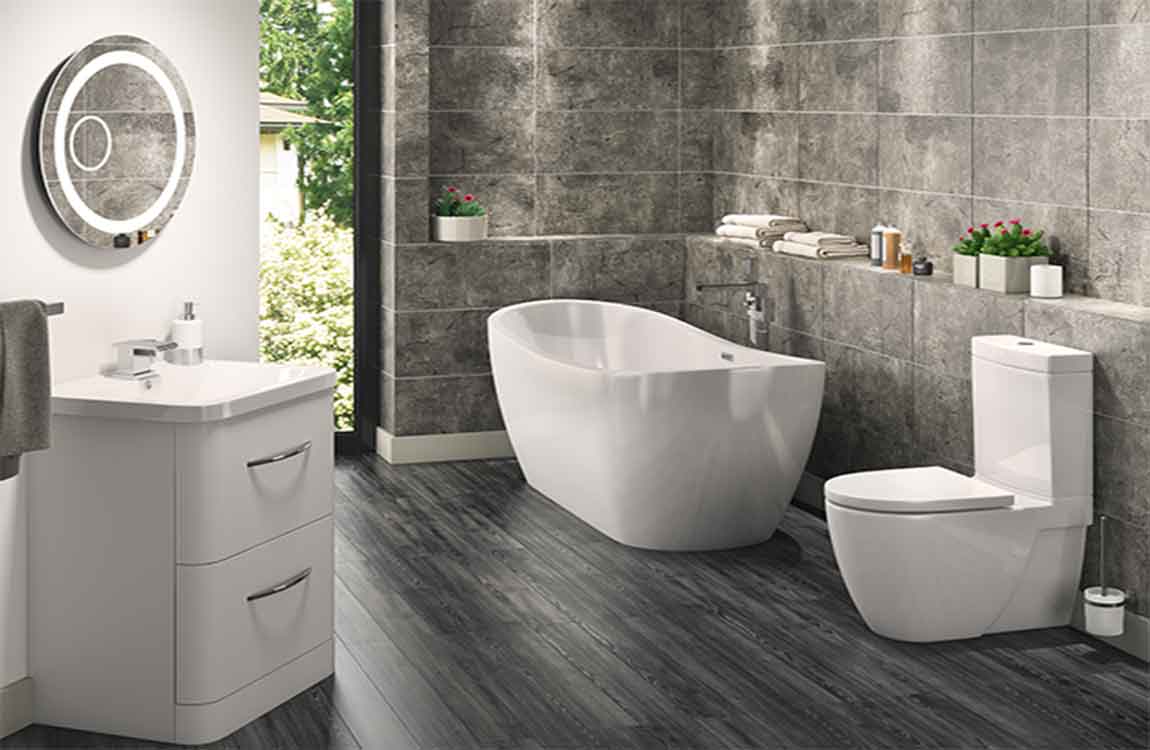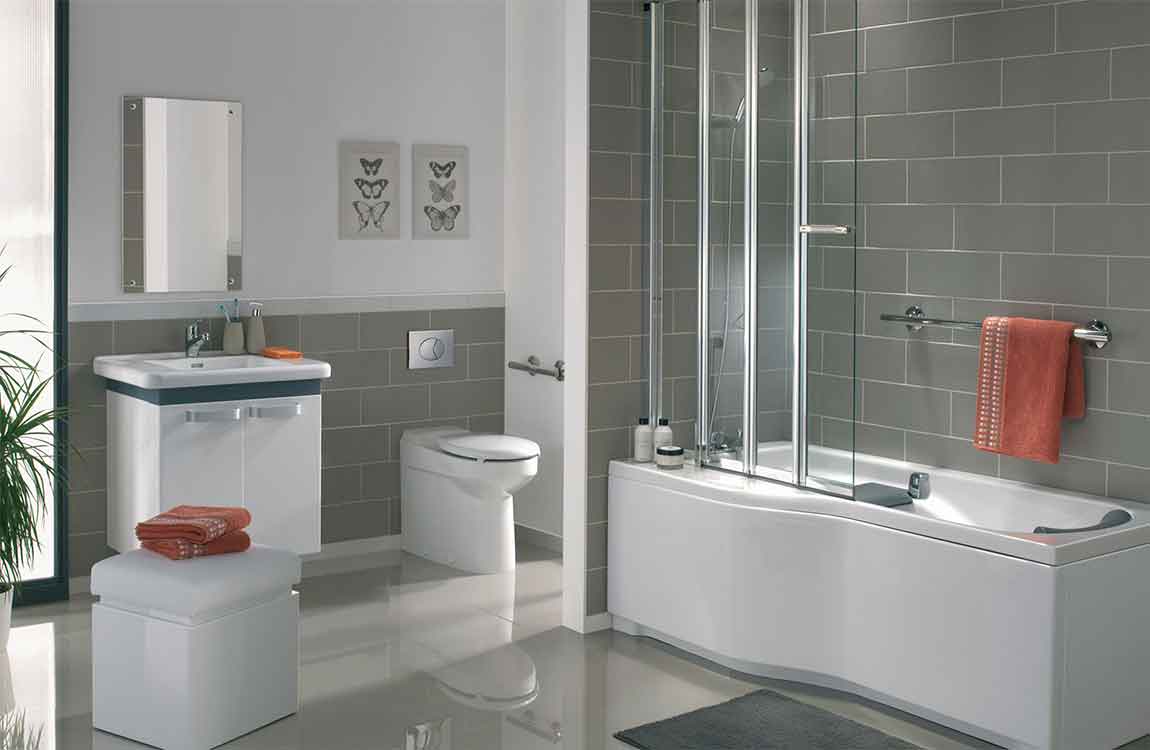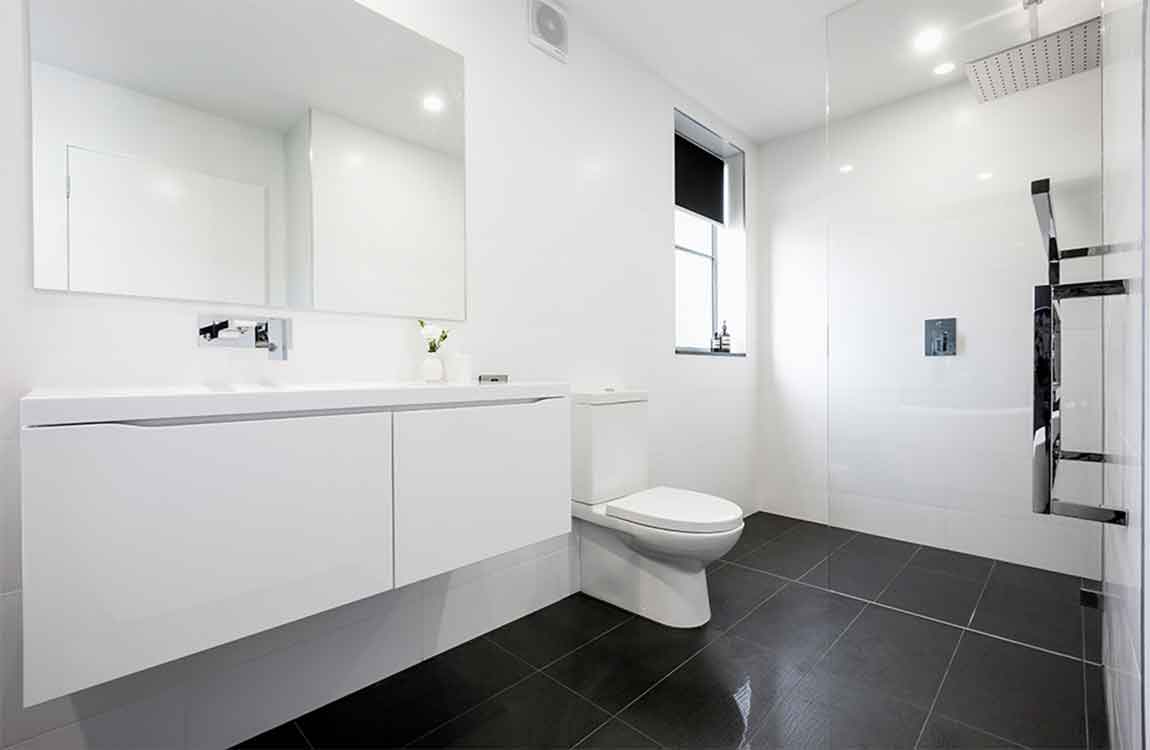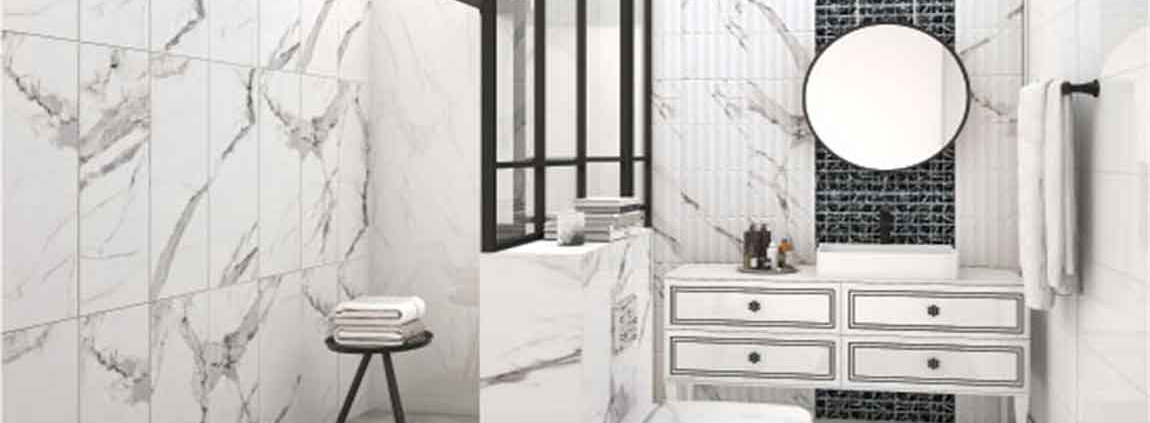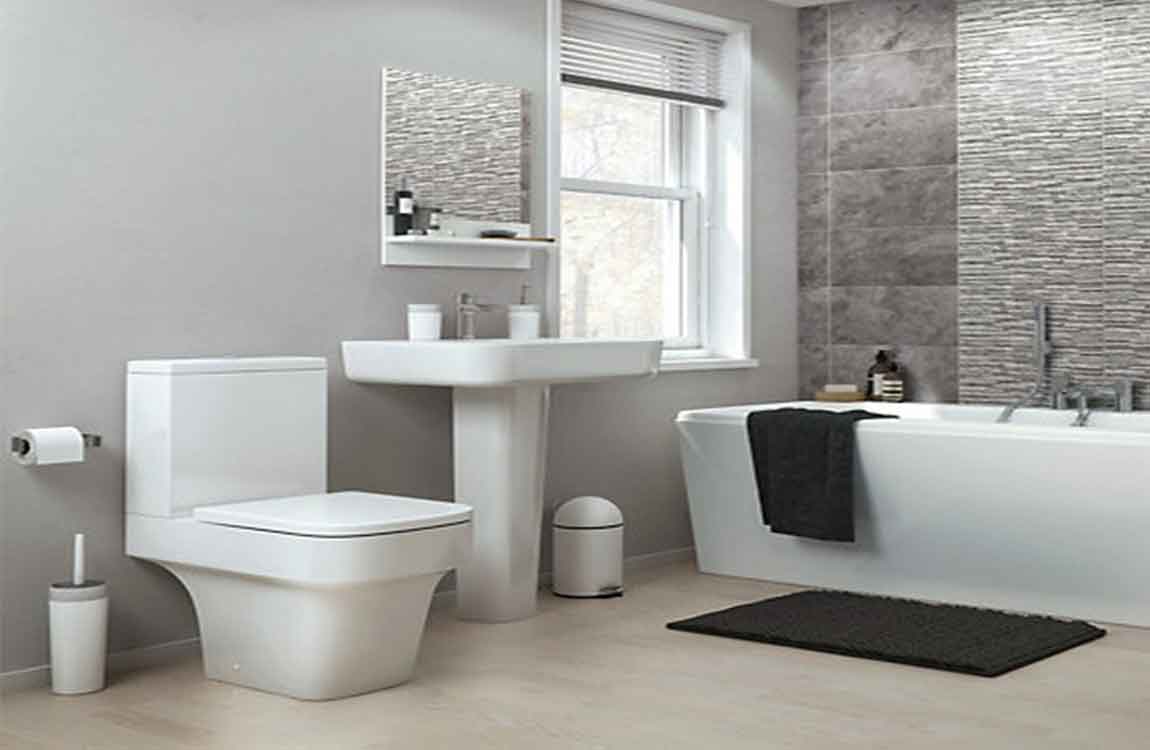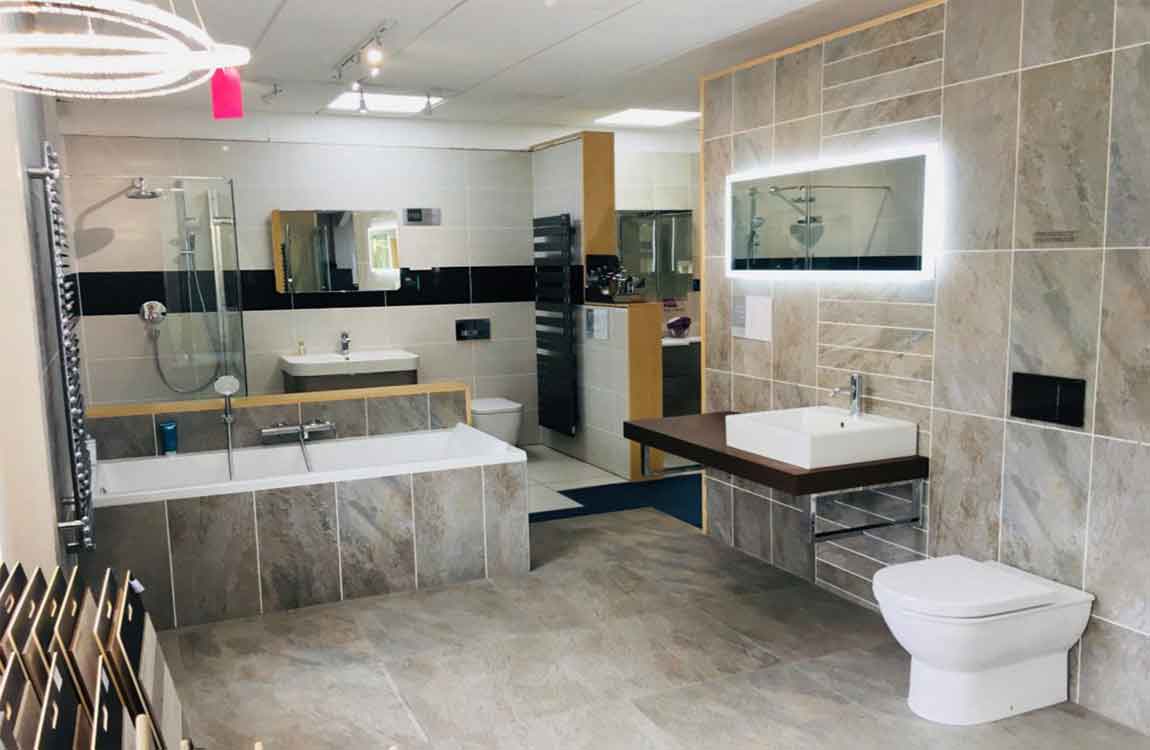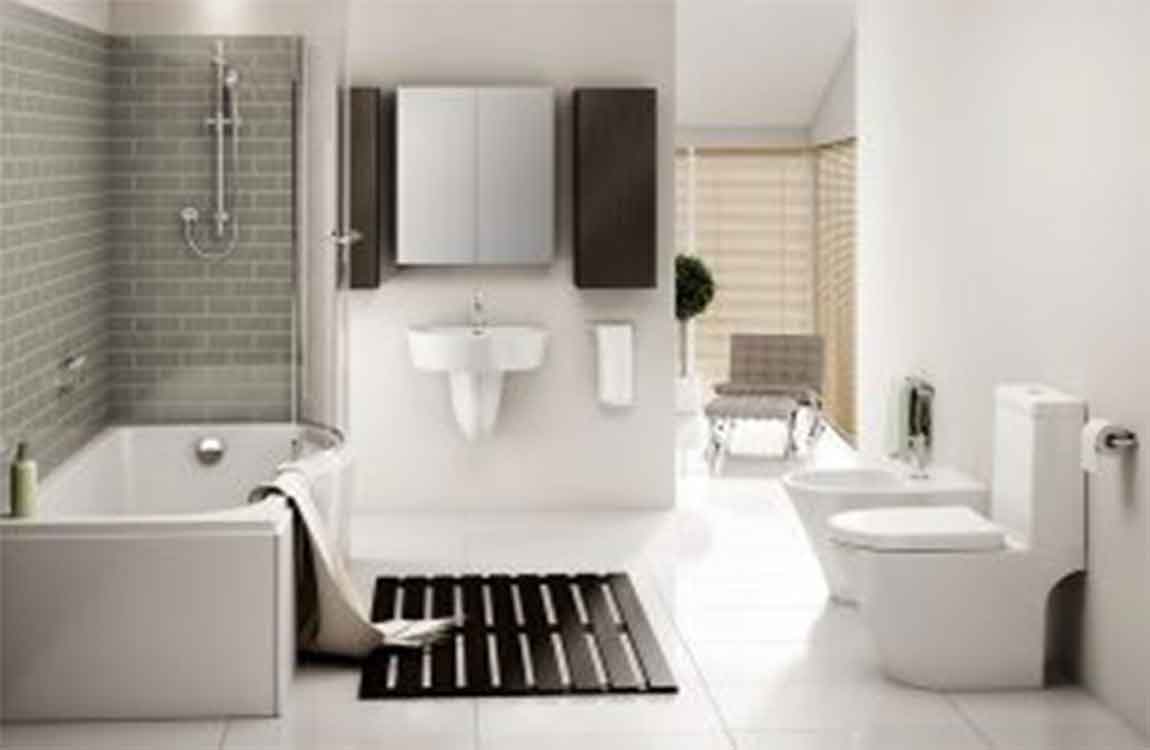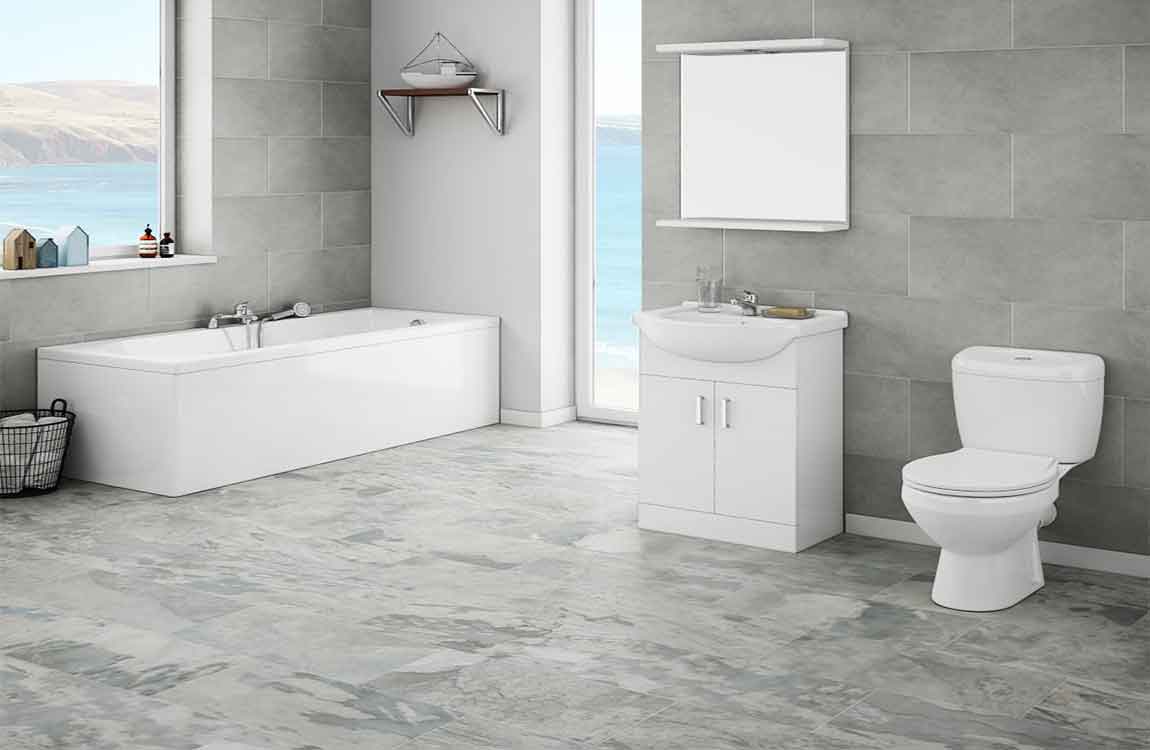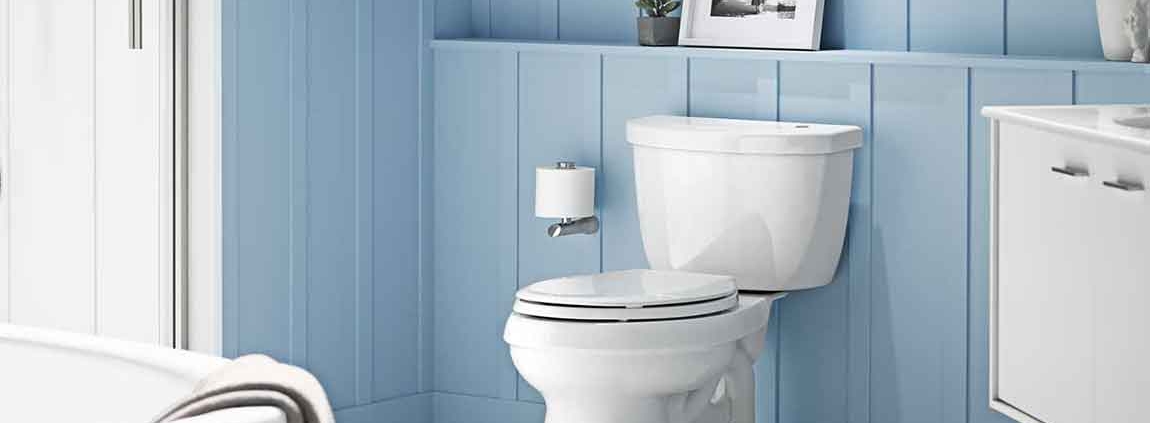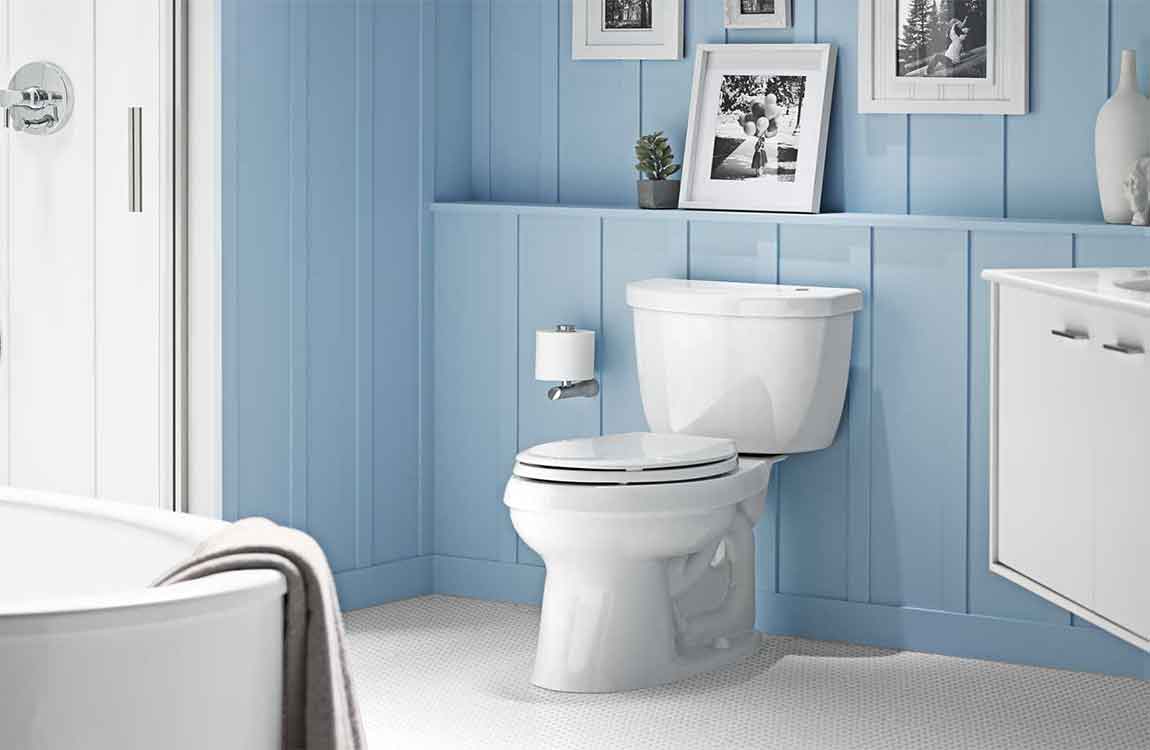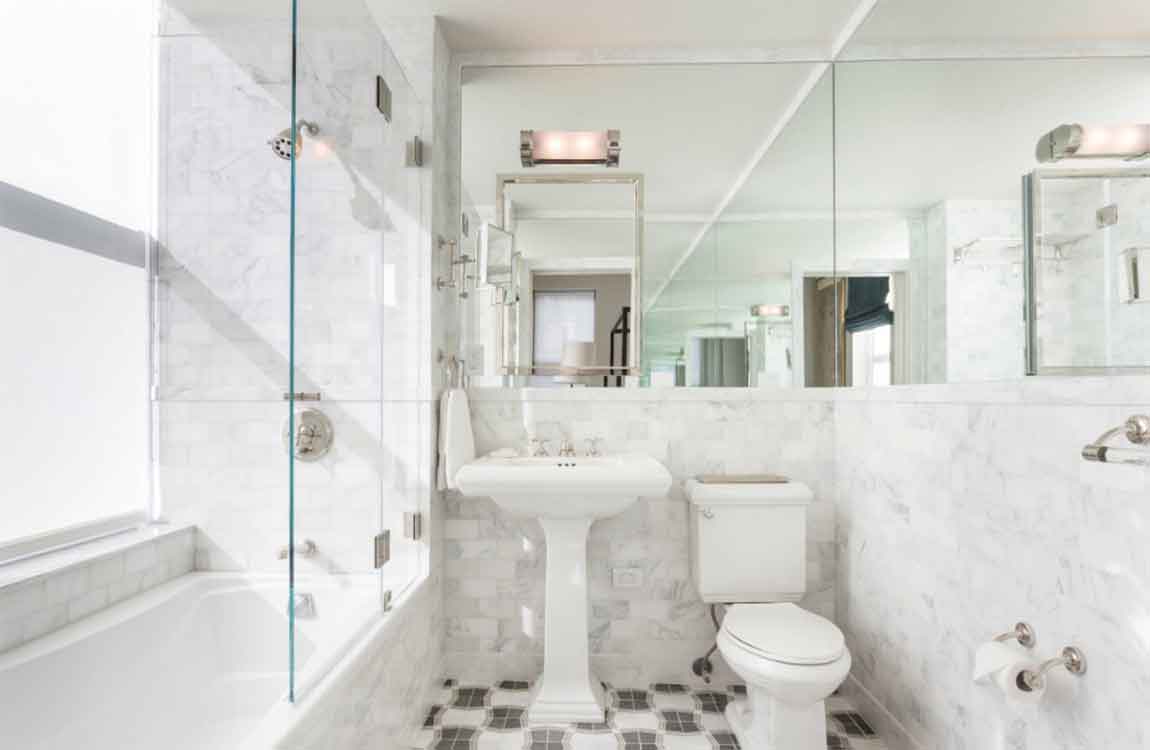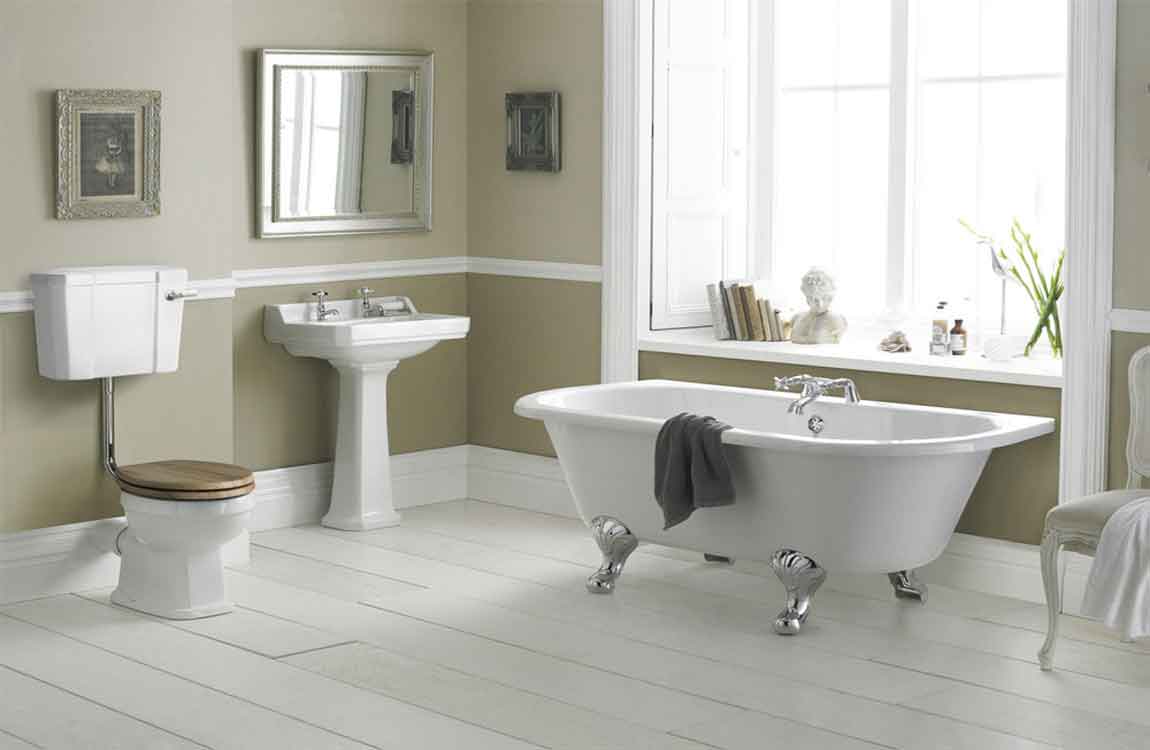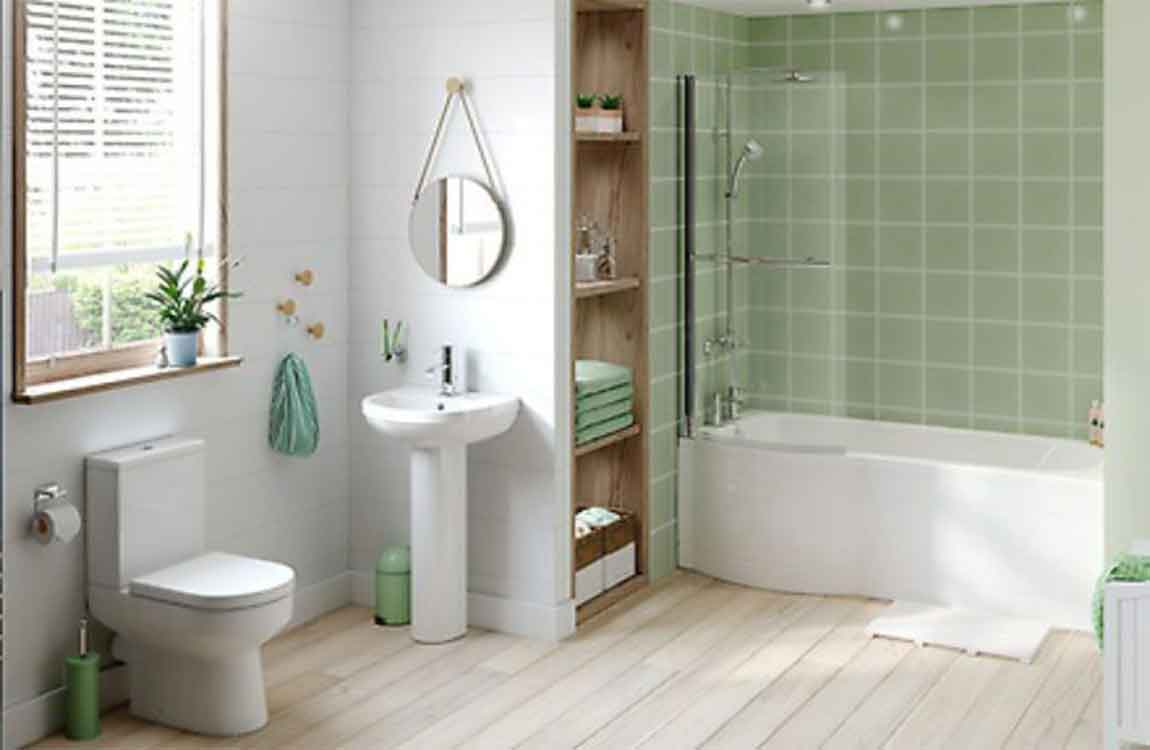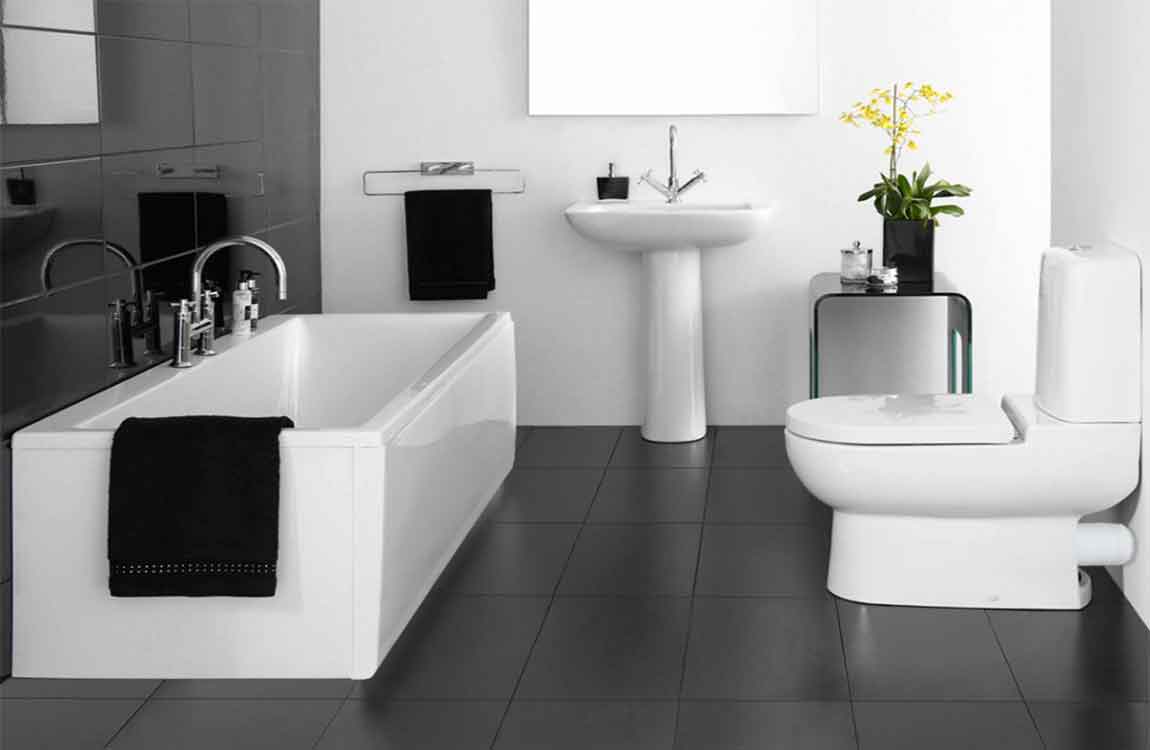The Knowledge of Bathroom Clean
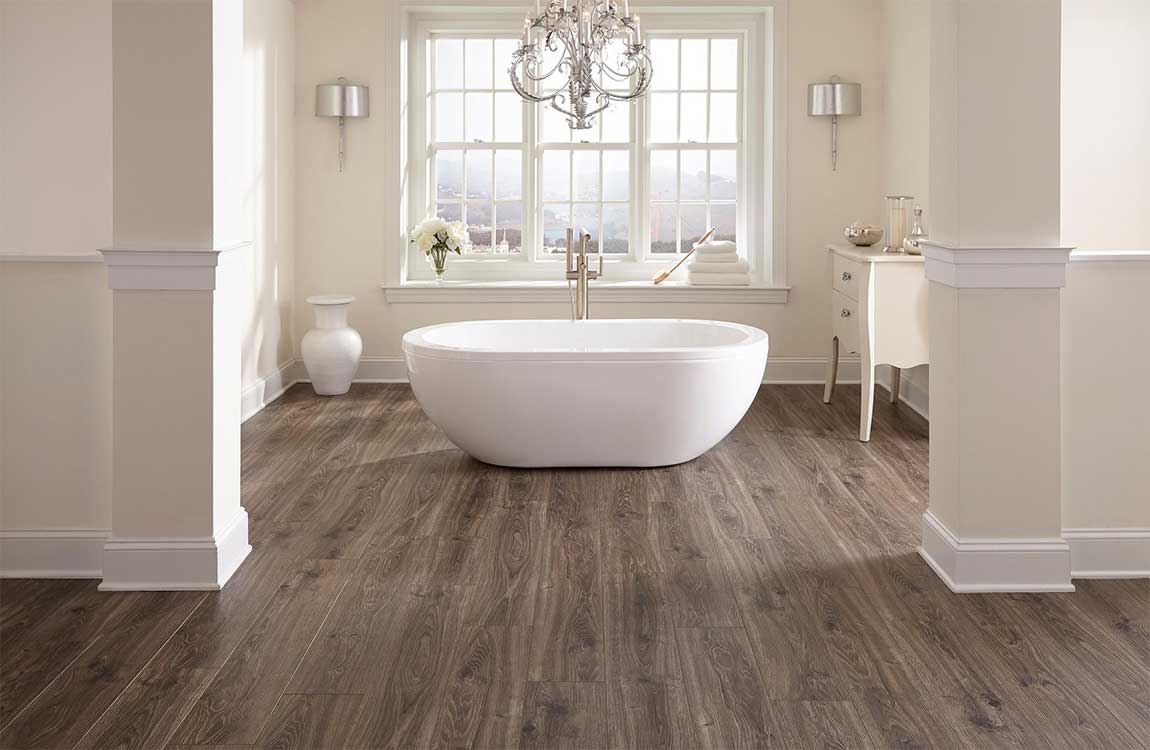
Clean the mirror. Use cleaner, rinse it and wipe the excessive water off with a towel or squeegee. To add a shine to your mirror add a bit vinegar to the water. if just cleaning with water wipe with a towel after.
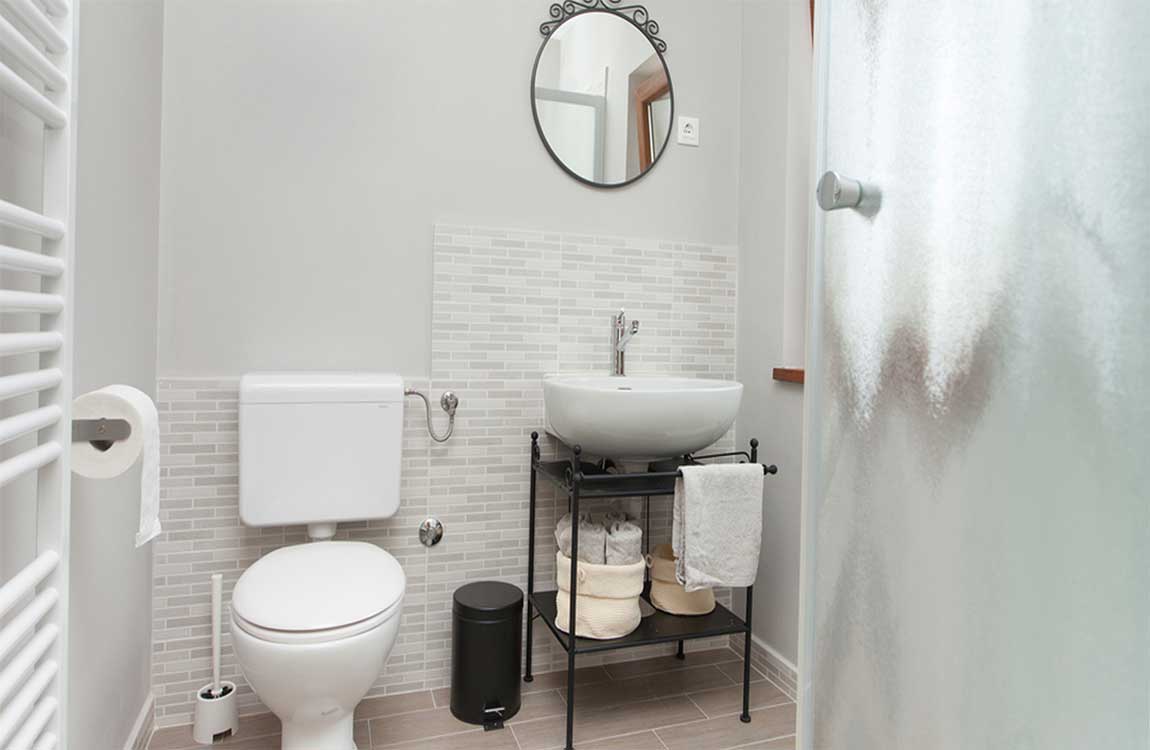
Clean the exterior of the toilet. Wipe the outside, starting with the flush handle so as not to re-contaminate it, with a cloth soaked in disinfectant cleaner. Thoroughly wash and rinse all exterior surfaces of the toilet bowl, including the underside and flared base, the top and underside of the seat and lid, and the hinges and their mounting area with a cloth and detergent or similar cleaner. Don’t forget to use a cloth specially assigned for cleaning the toilet, or a paper towel (throw it away, don’t flush it).
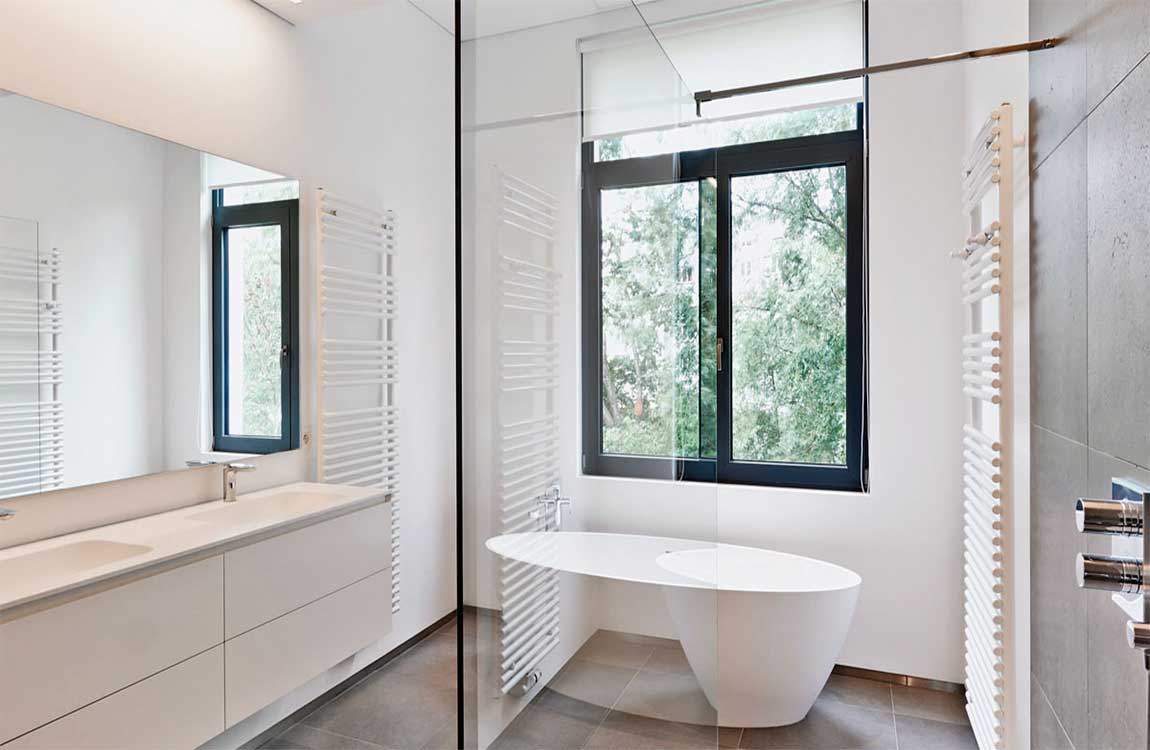
Scrub the bowl with a toilet brush and flush. You probably won’t have to scrub hard: let the soapy water and patience dissolve the problem. Coat the inside of the bowl with a viscous acidic cleaner generally sold in an angle-necked bottle. Take special care to cover the entire inside edge of the rim; it’ll run down toward other areas.
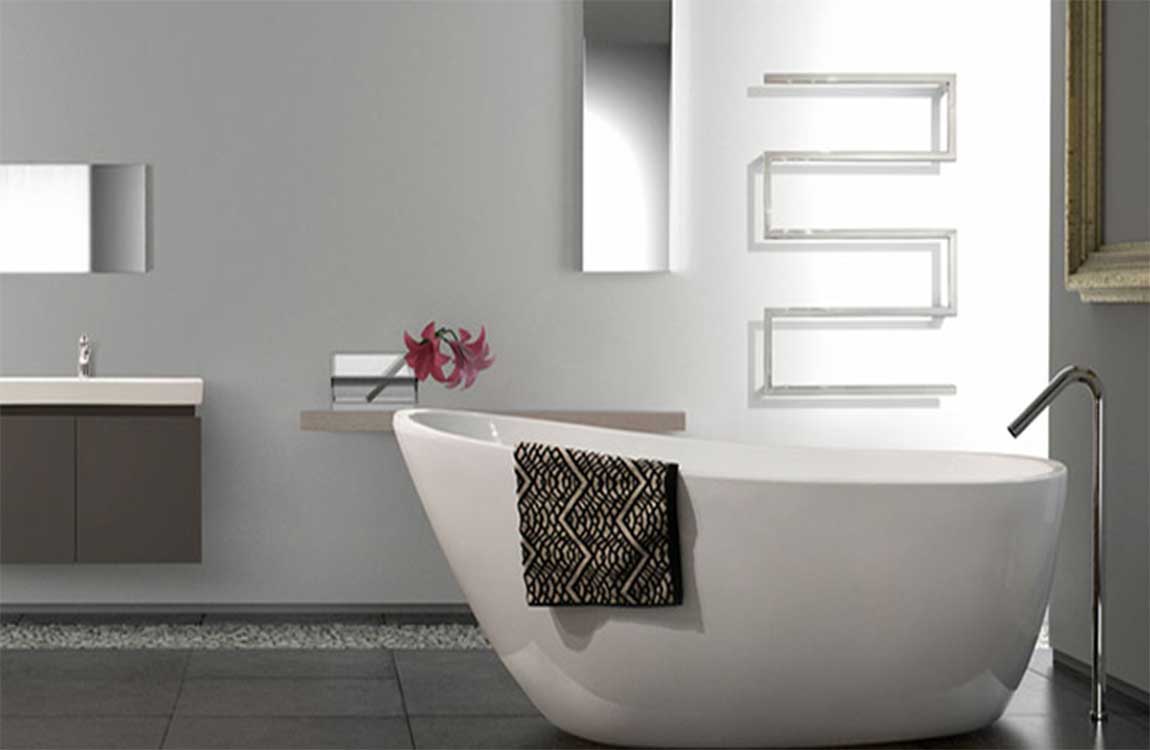
Allow the cleaner to soak for half an hour or more before scrubbing the entire bowl including under the rim with a toilet bowl brush, let it soak a little longer after it’s been well-distributed though thinned by the initial scrubbing, then scrub some more and flush it away.

Sweep and mop the floor. Start with the farthest point from the door. Sweep up all the dust and debris you’ve cleaned so far and let fall on the floor, then mop using hot soapy bleach water. Remember to rinse the floor with clean water to remove slippery soap residue. Be sure to get along the sides of your toilet bowl where it is anchored to the floor. This area is notoriously dirty. Don’t forget to clean the base boards or base molds these places usually accumulates a lot of dust.

Find an unwanted old toothbrush and wash it thoroughly. Get rid of all excess toothpaste gunk that may be on it. Apply a small amount of bleach or other counter-safe cleaning product to the toothbrush. Scrub away! The toothbrush helps to get in areas that are narrow or need very detailed scrubbing.

